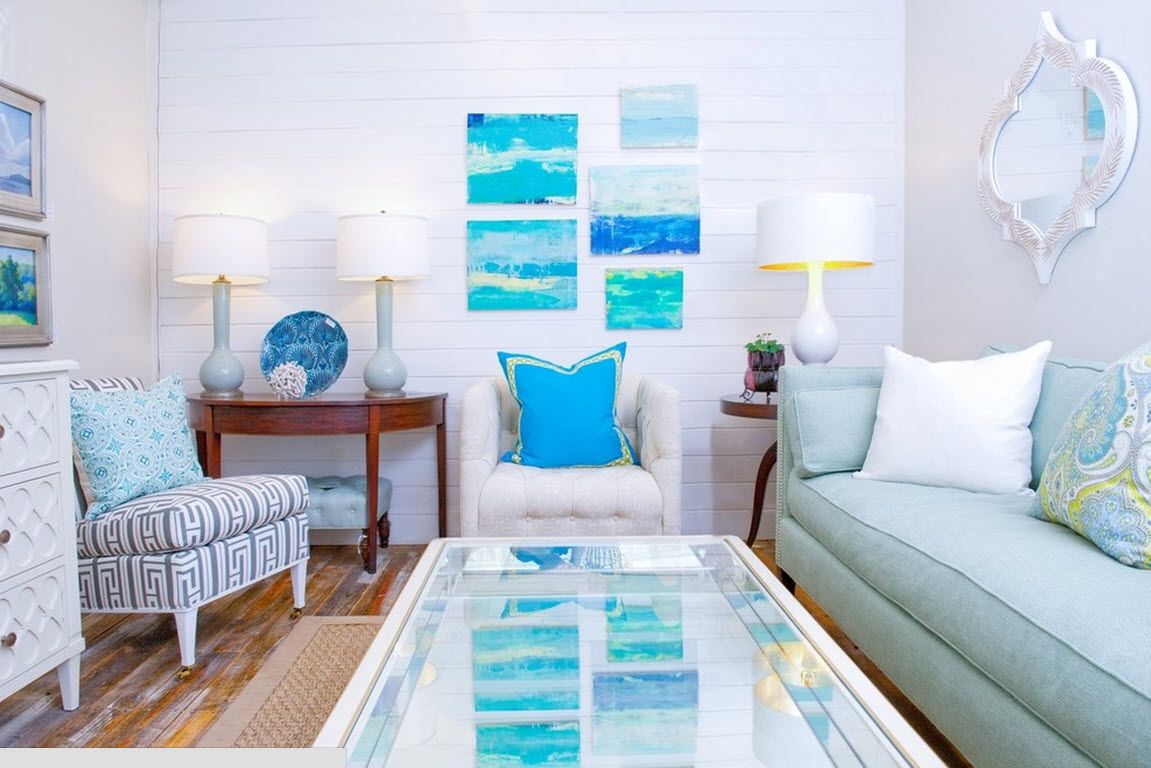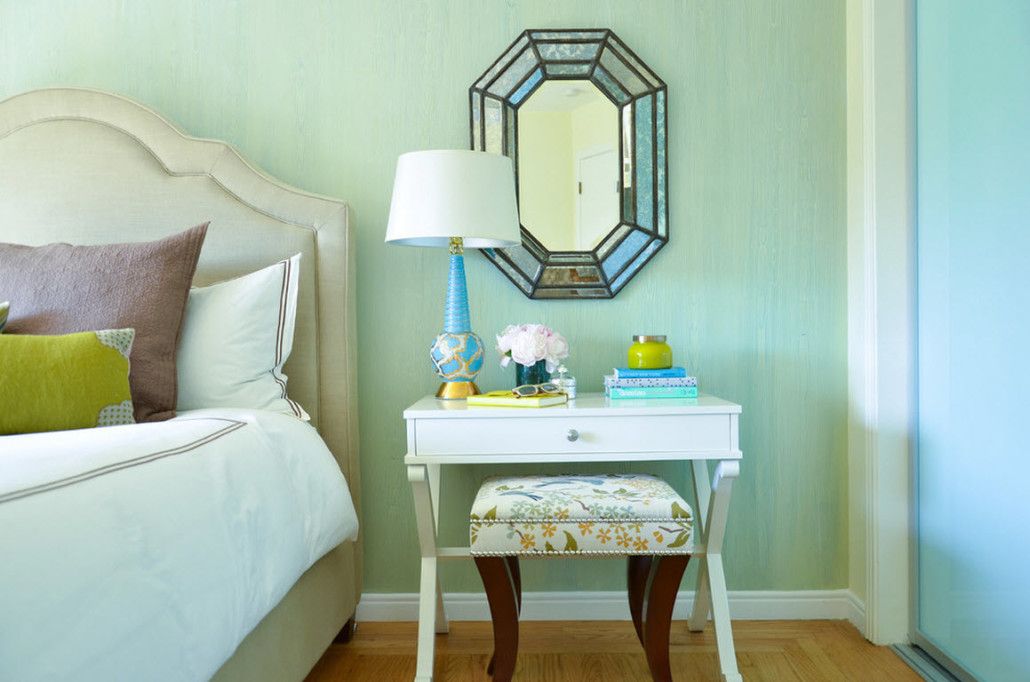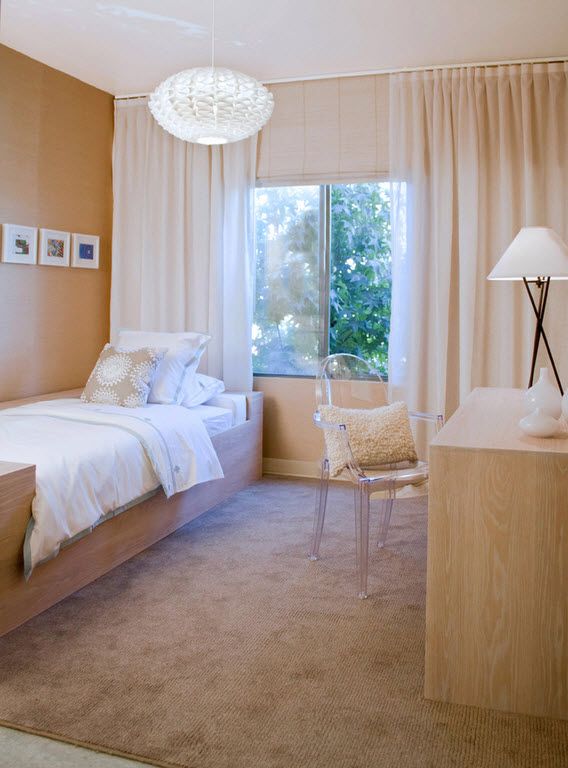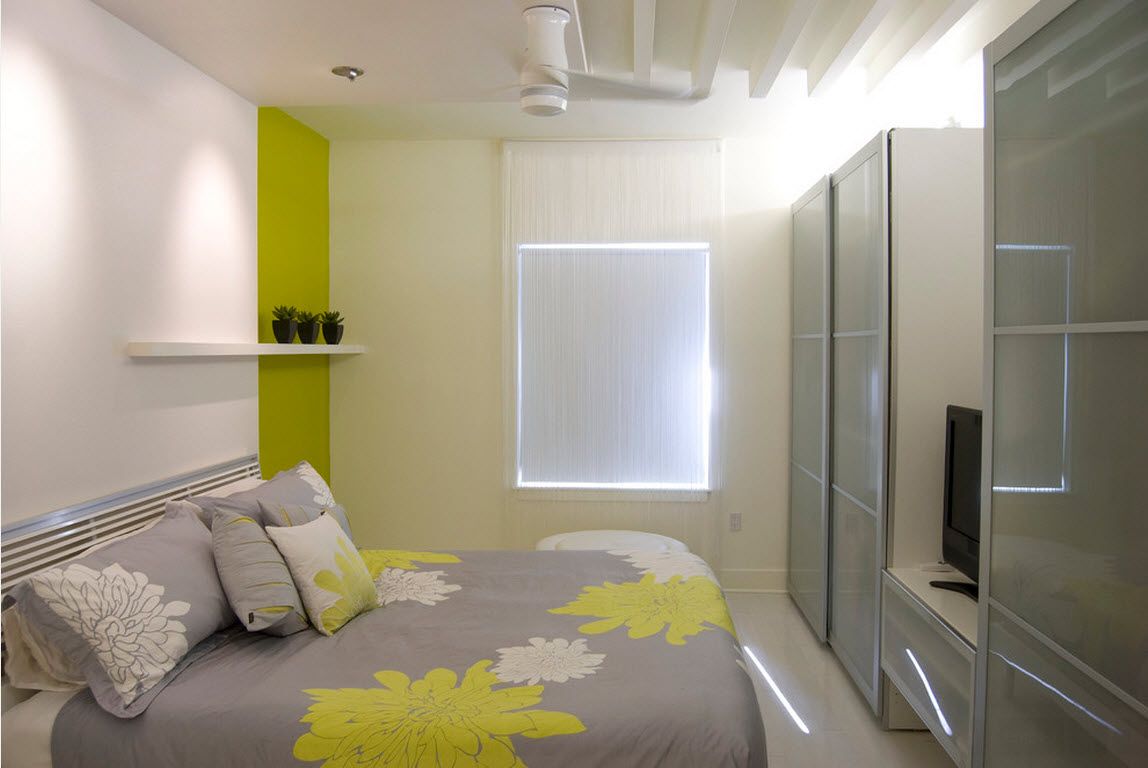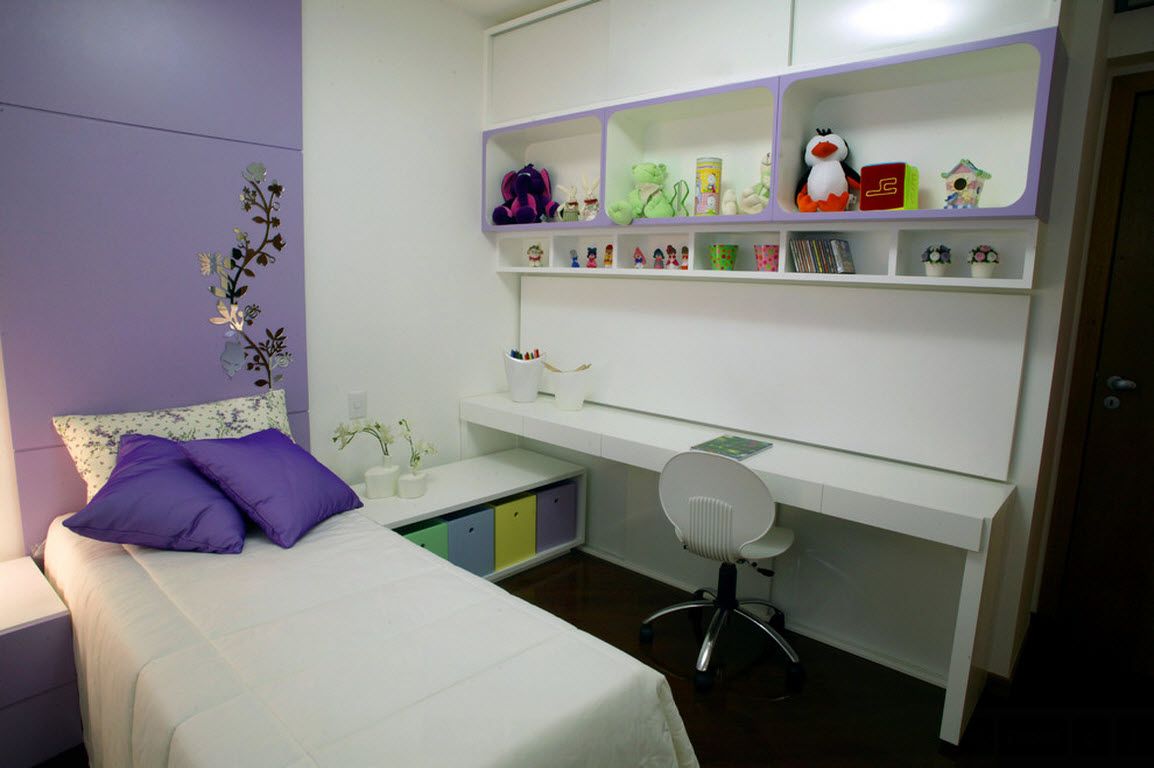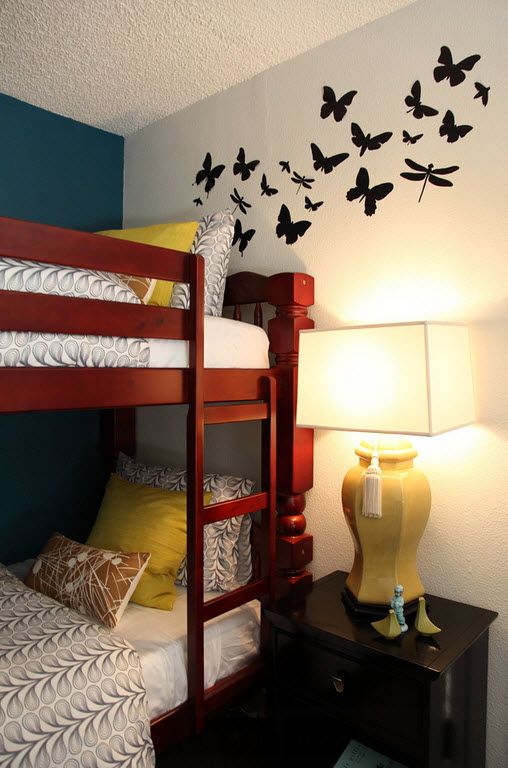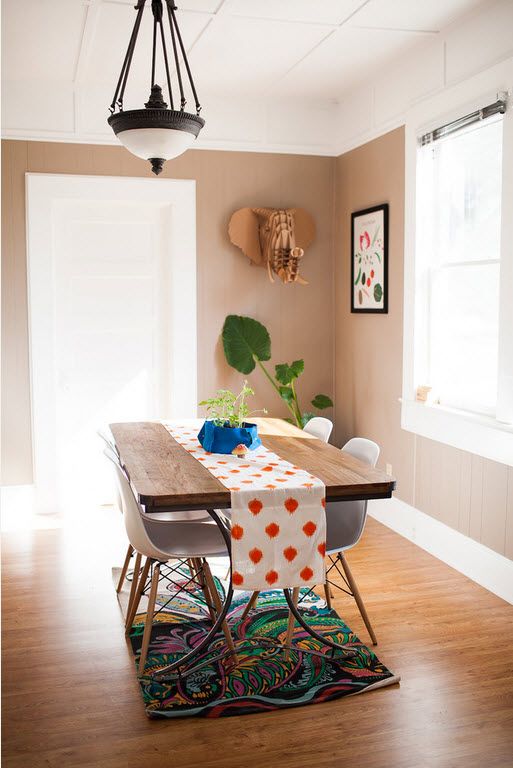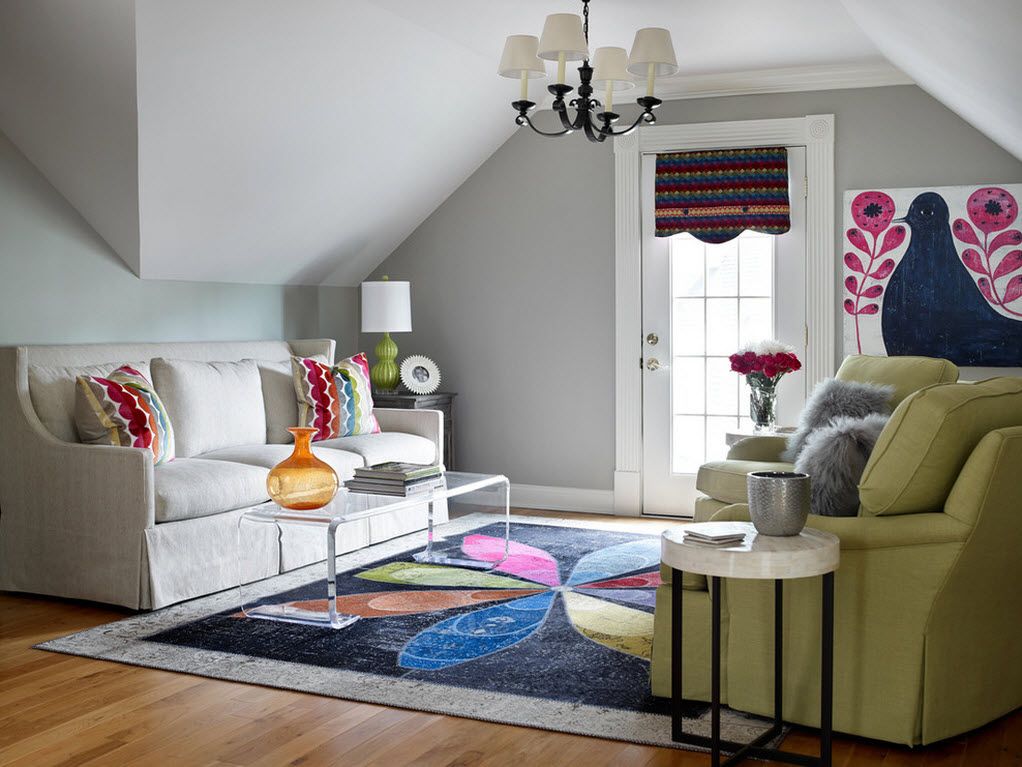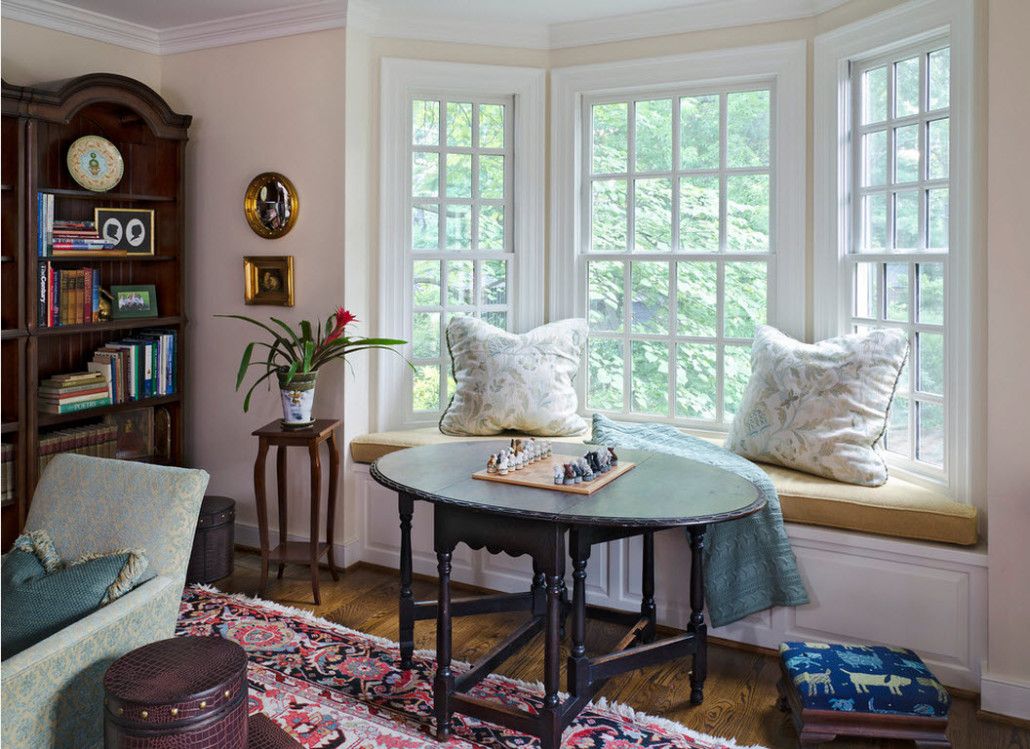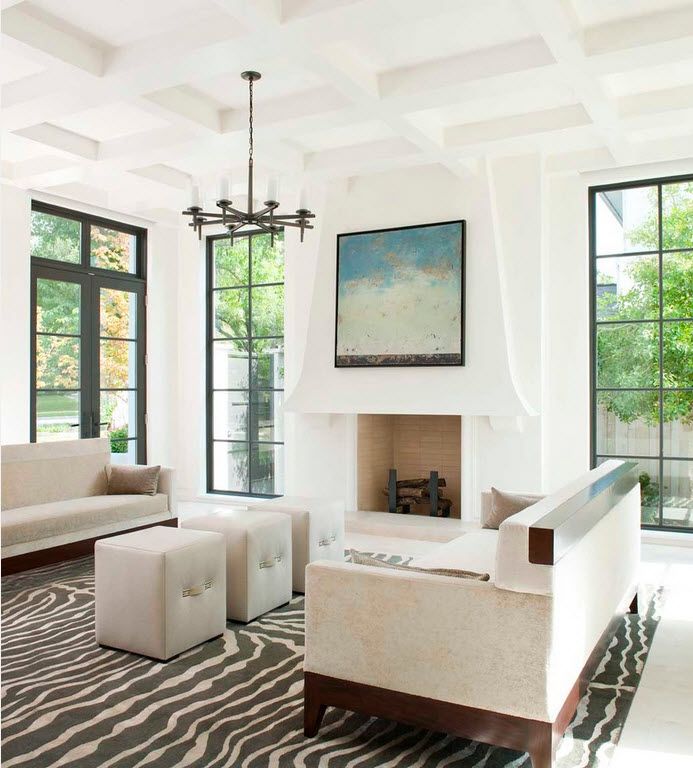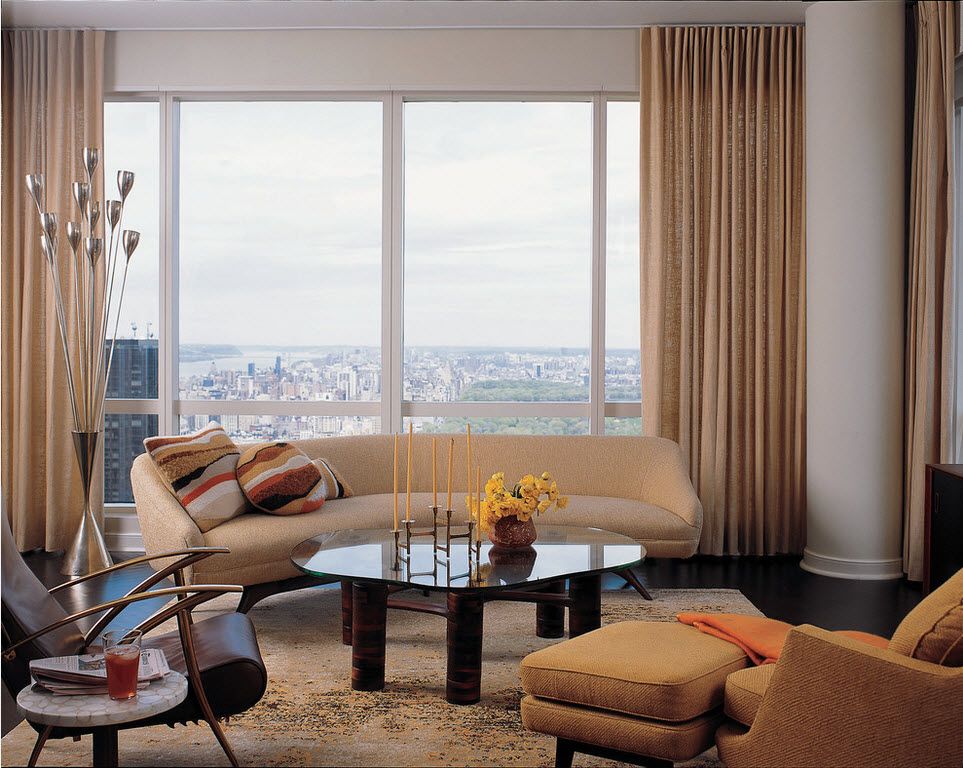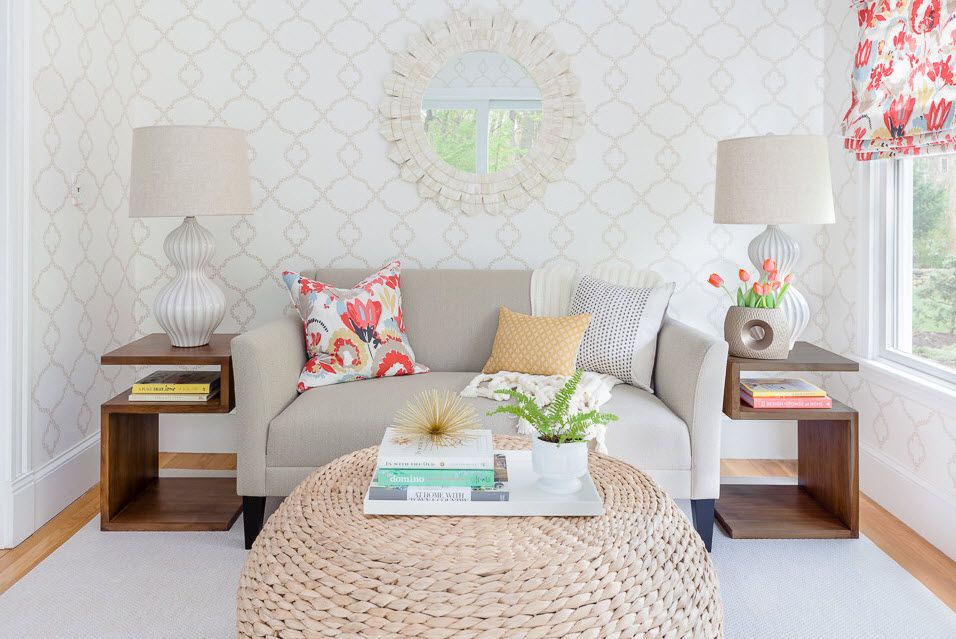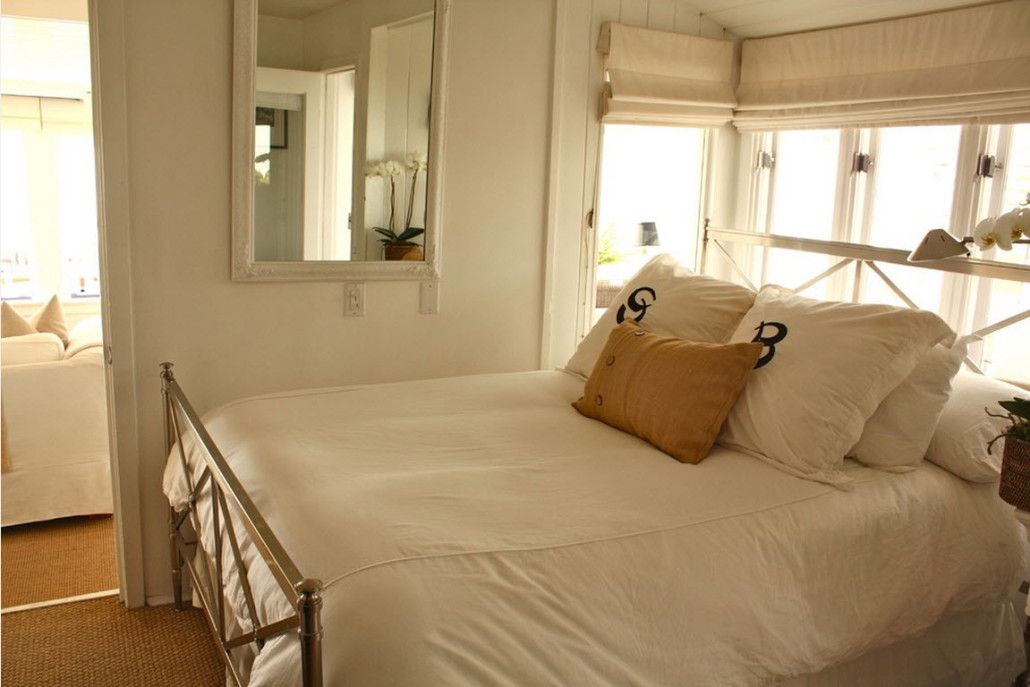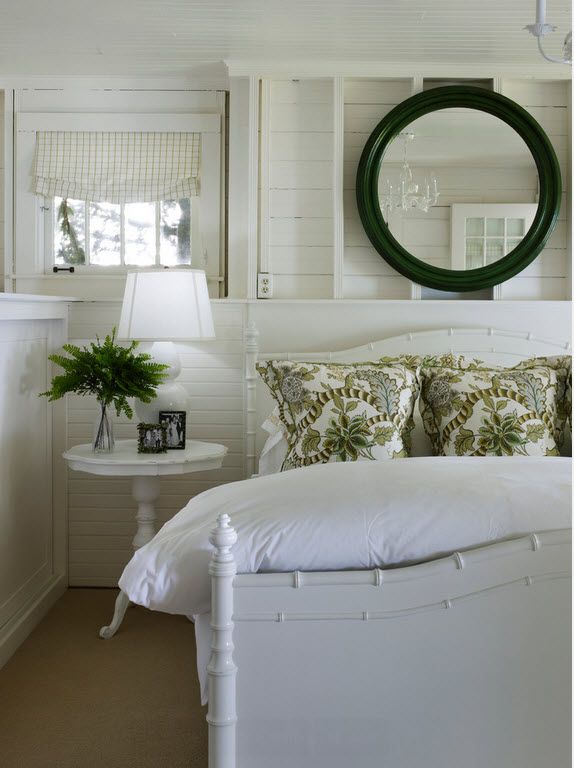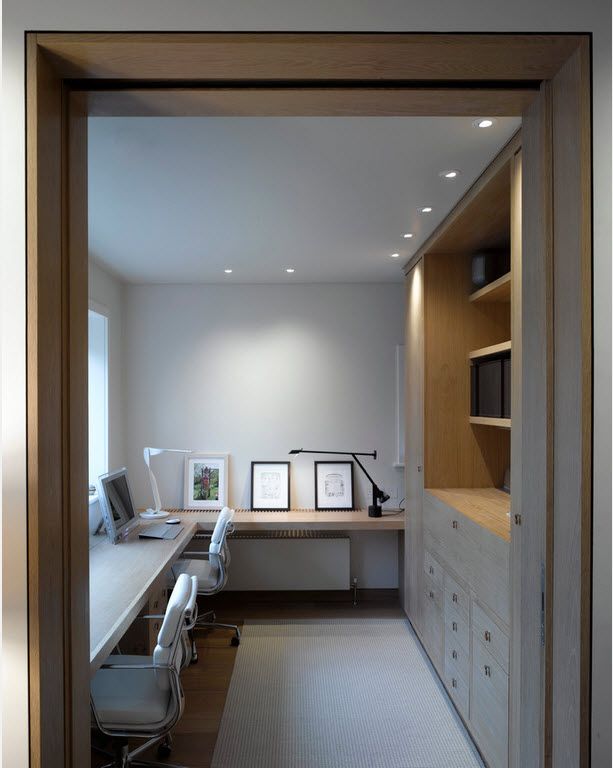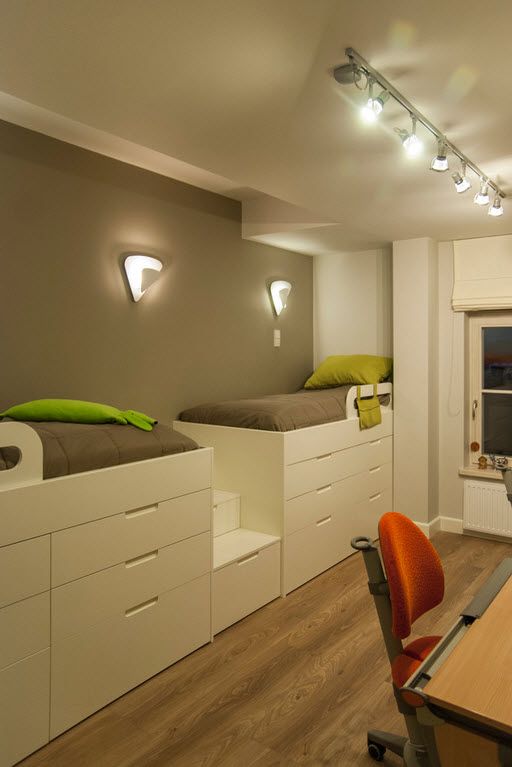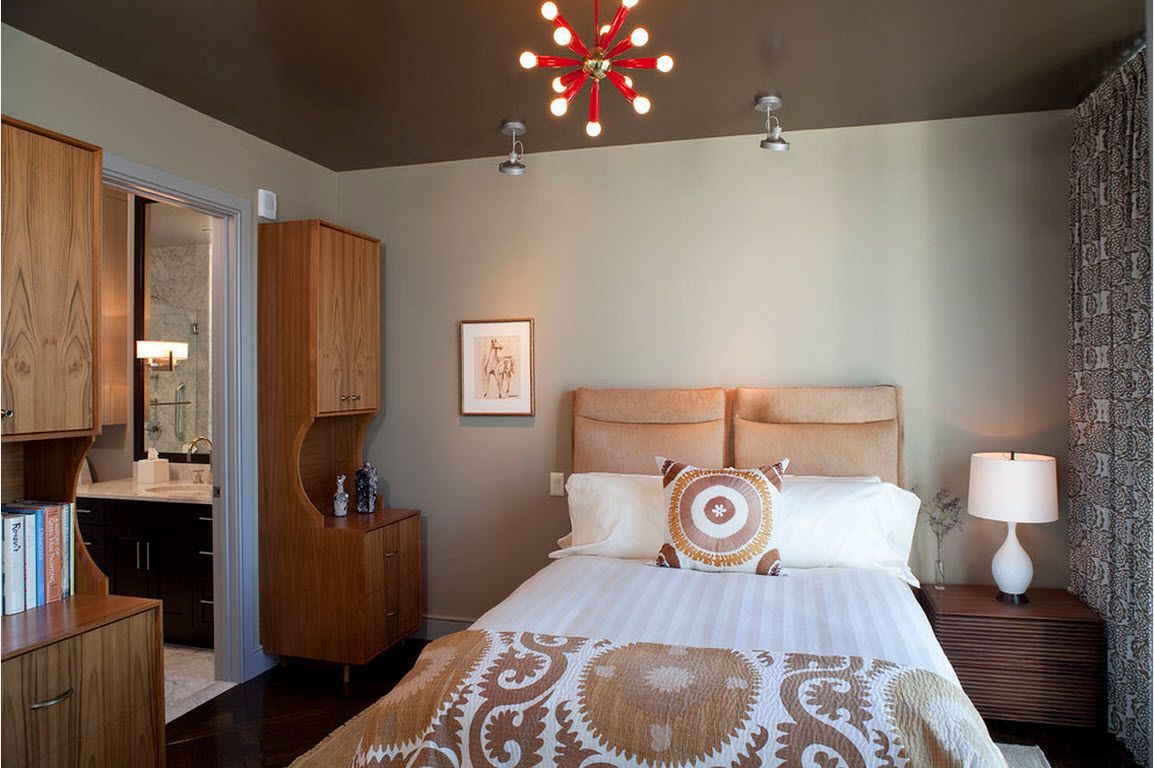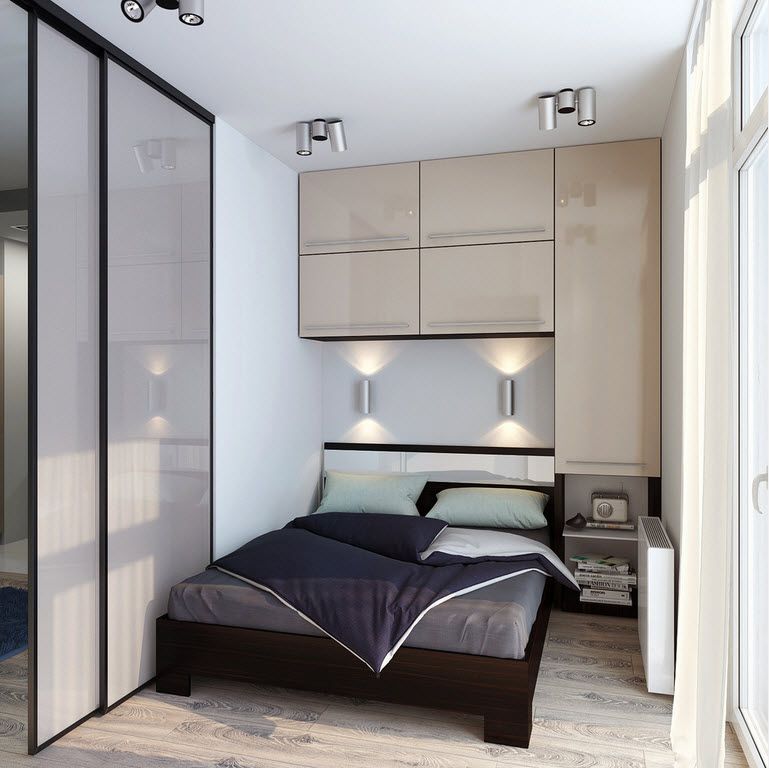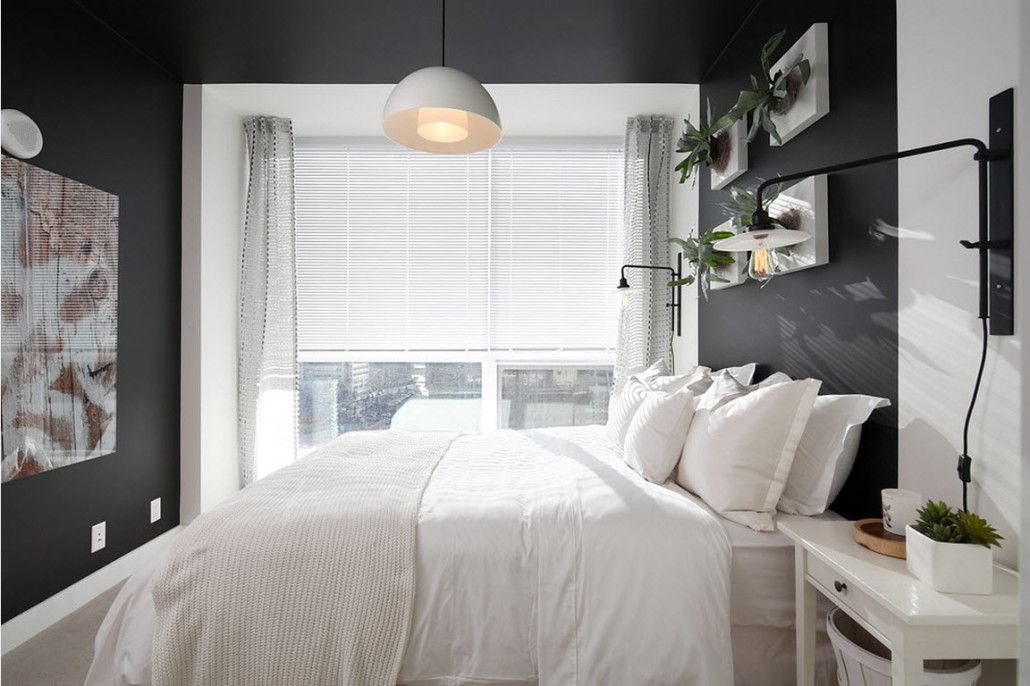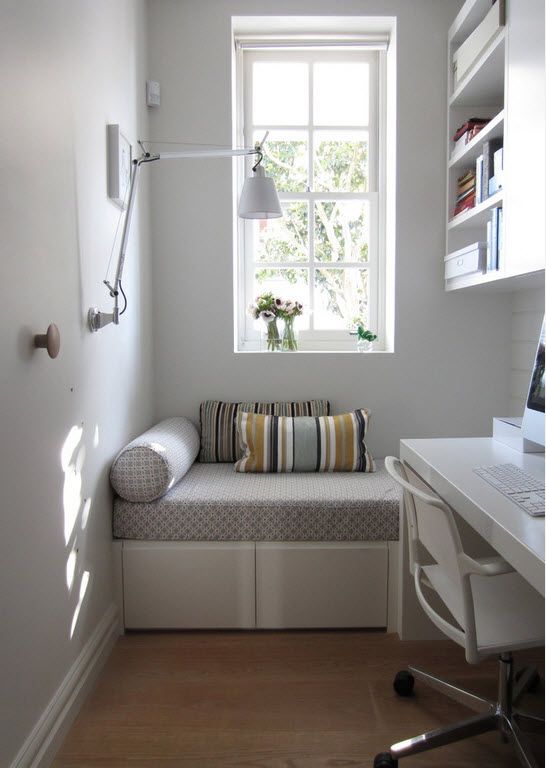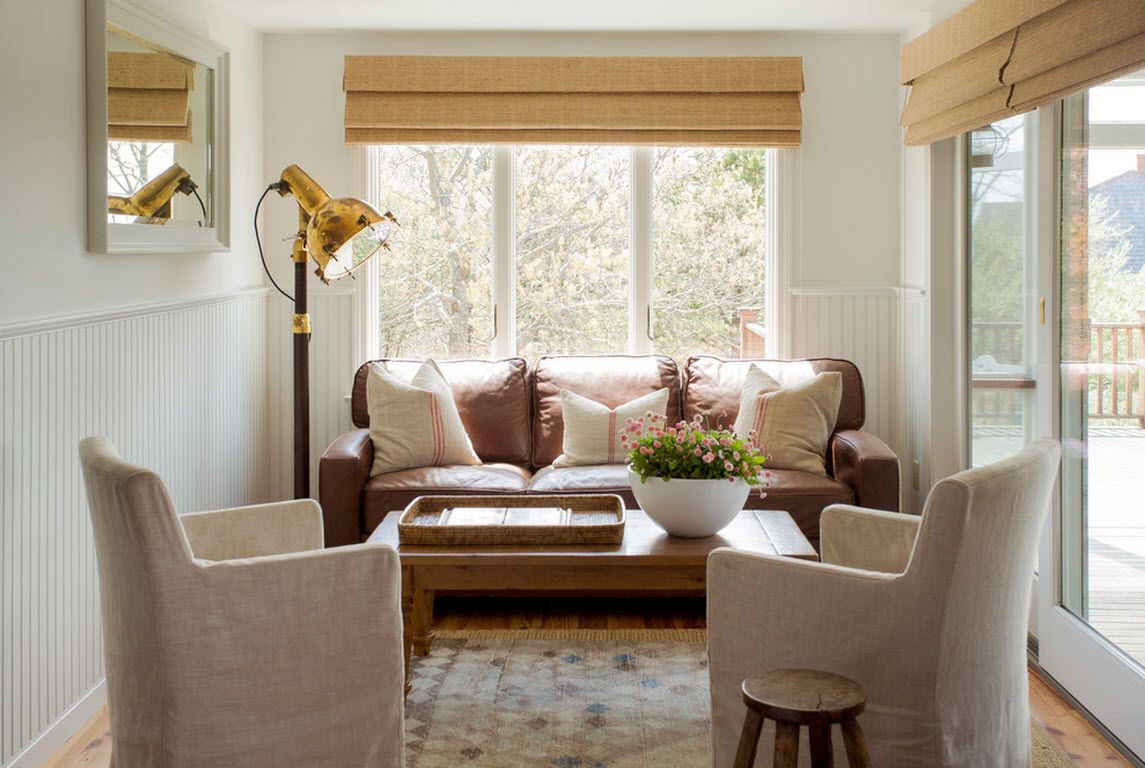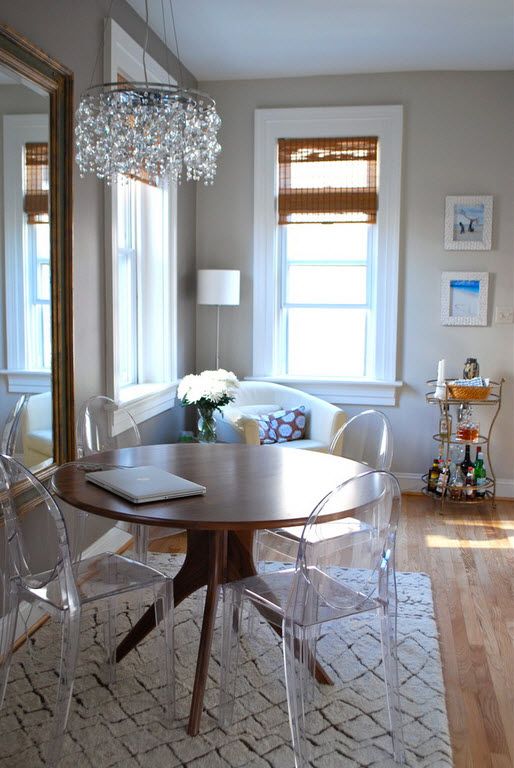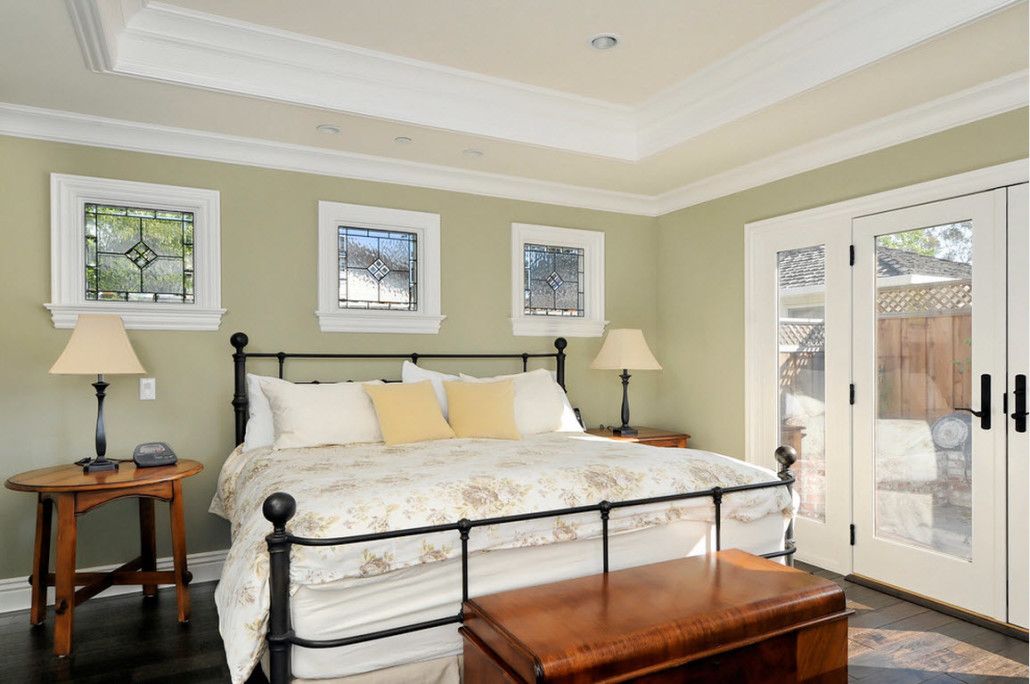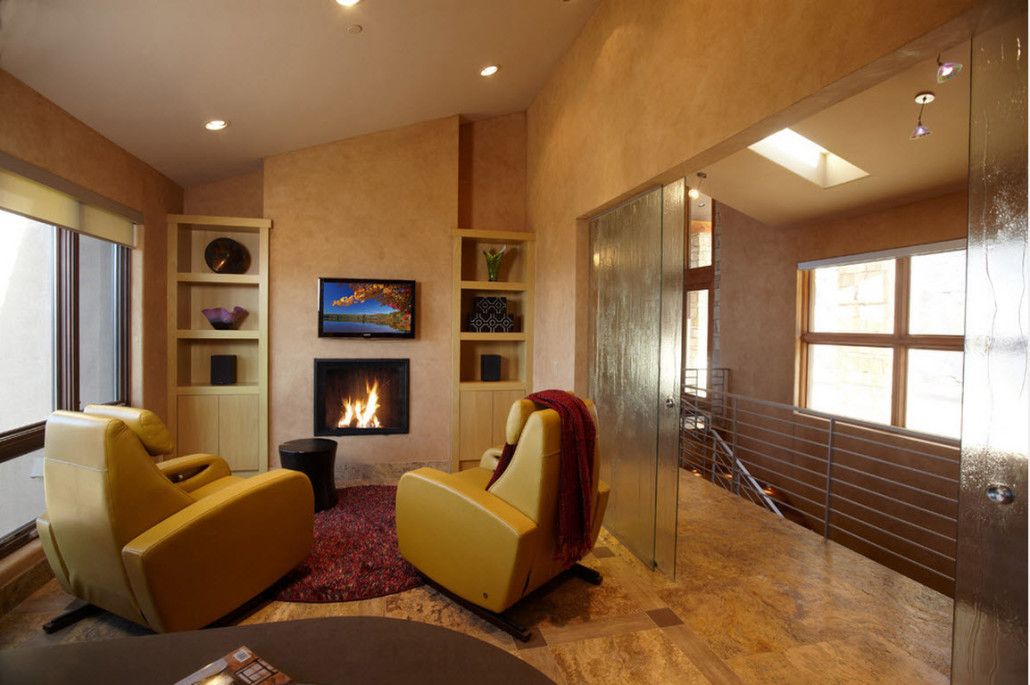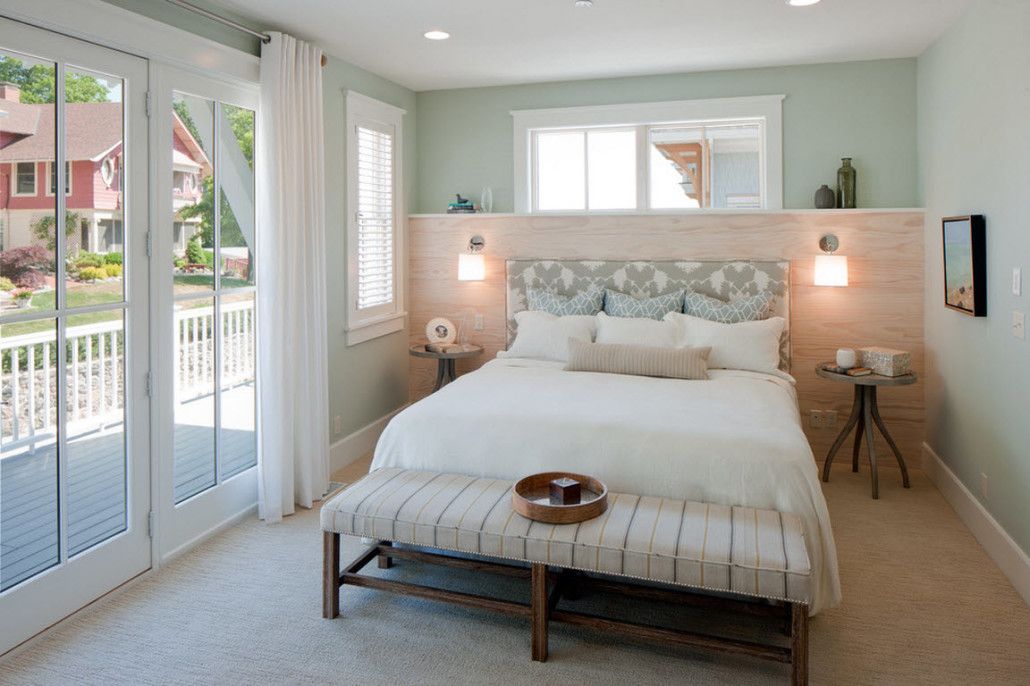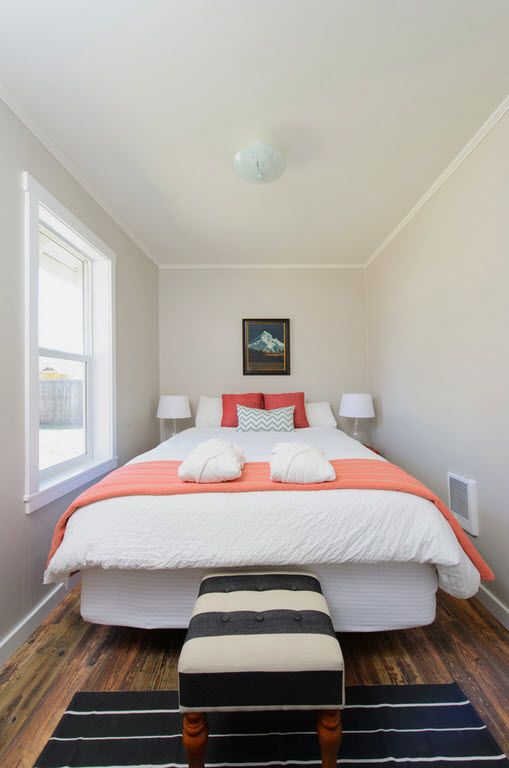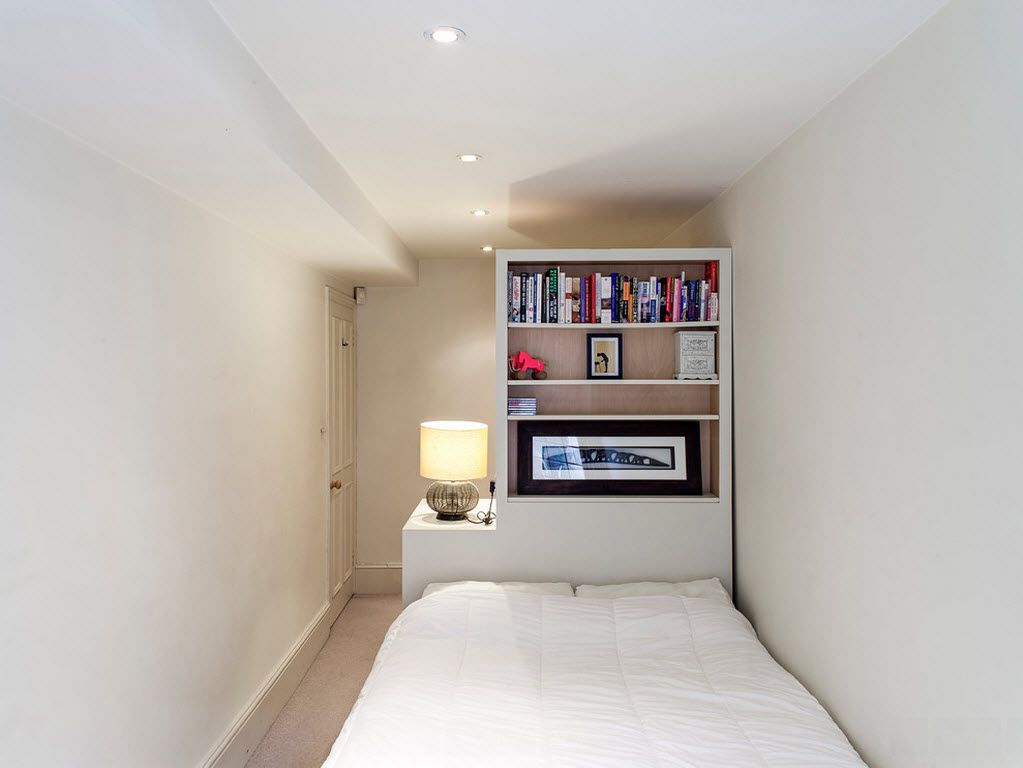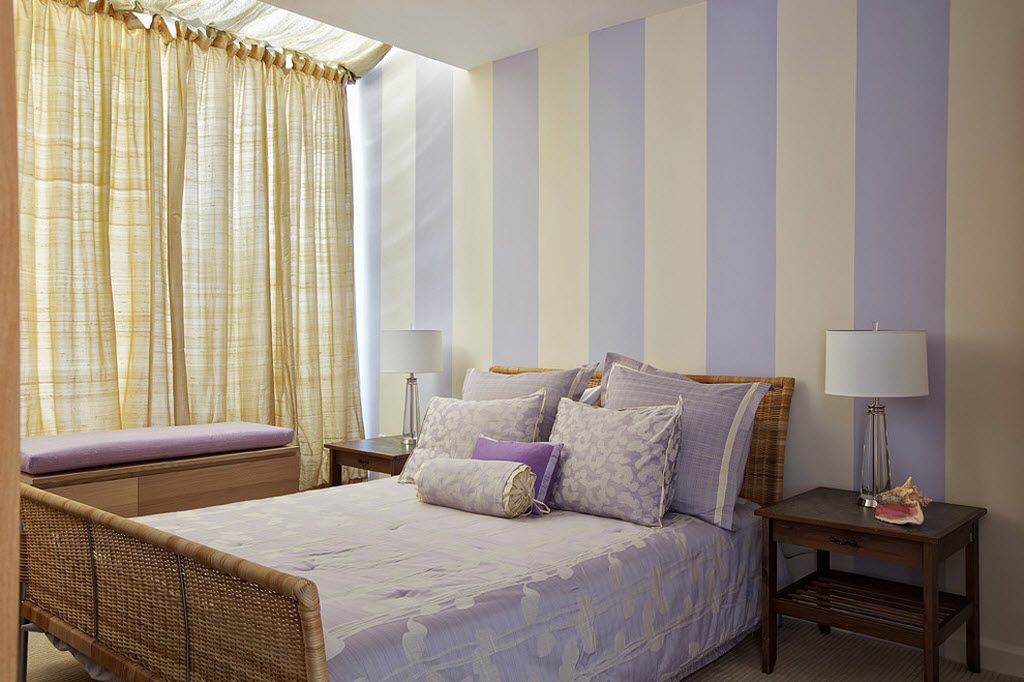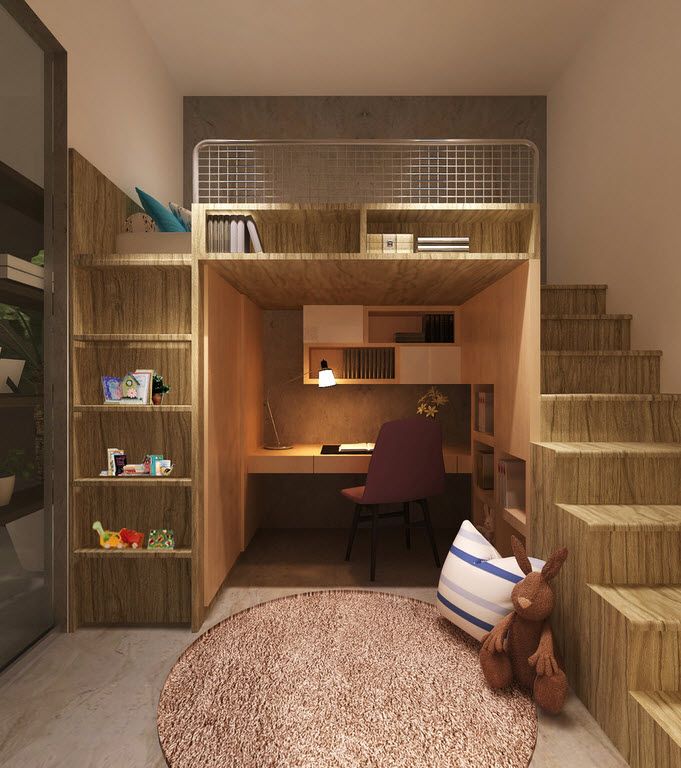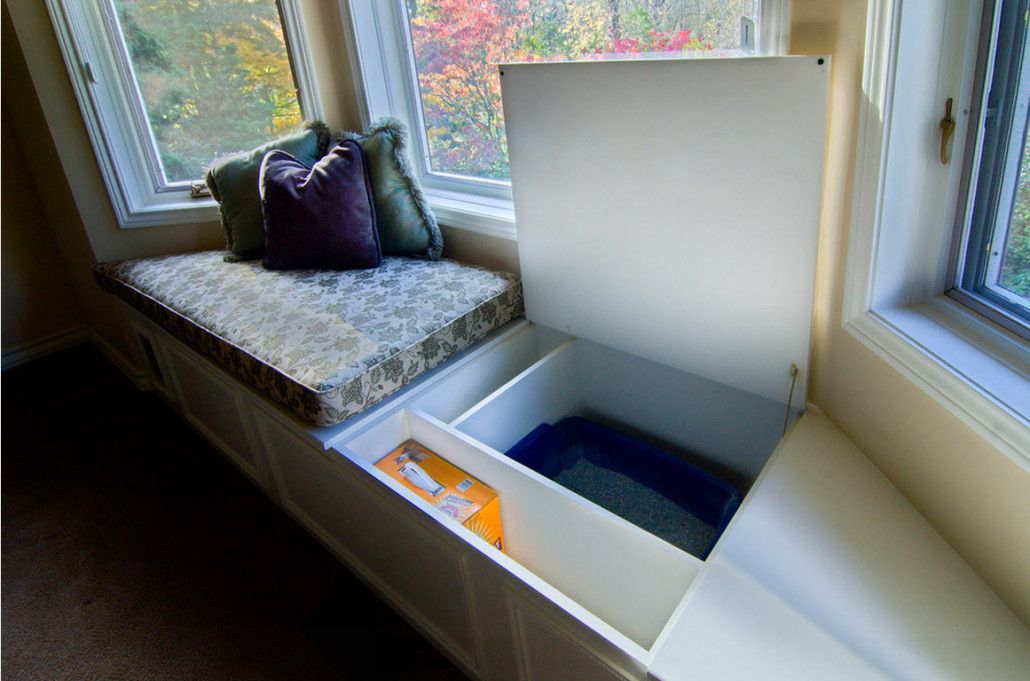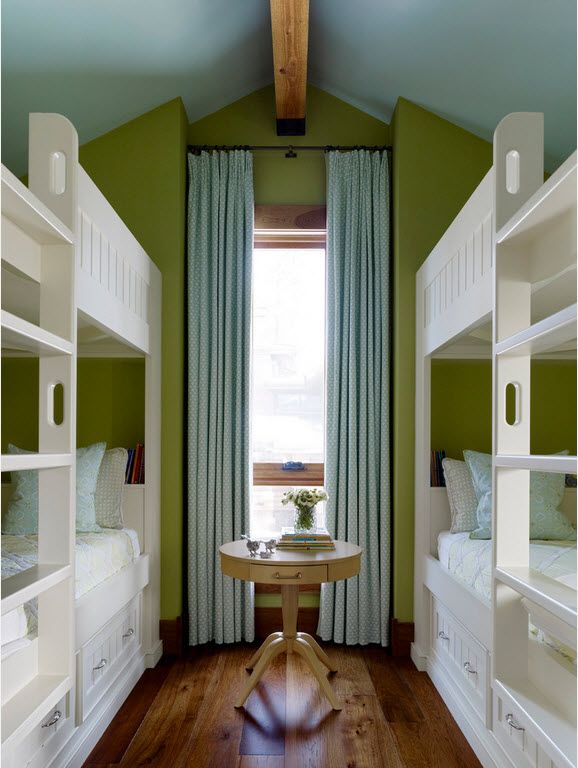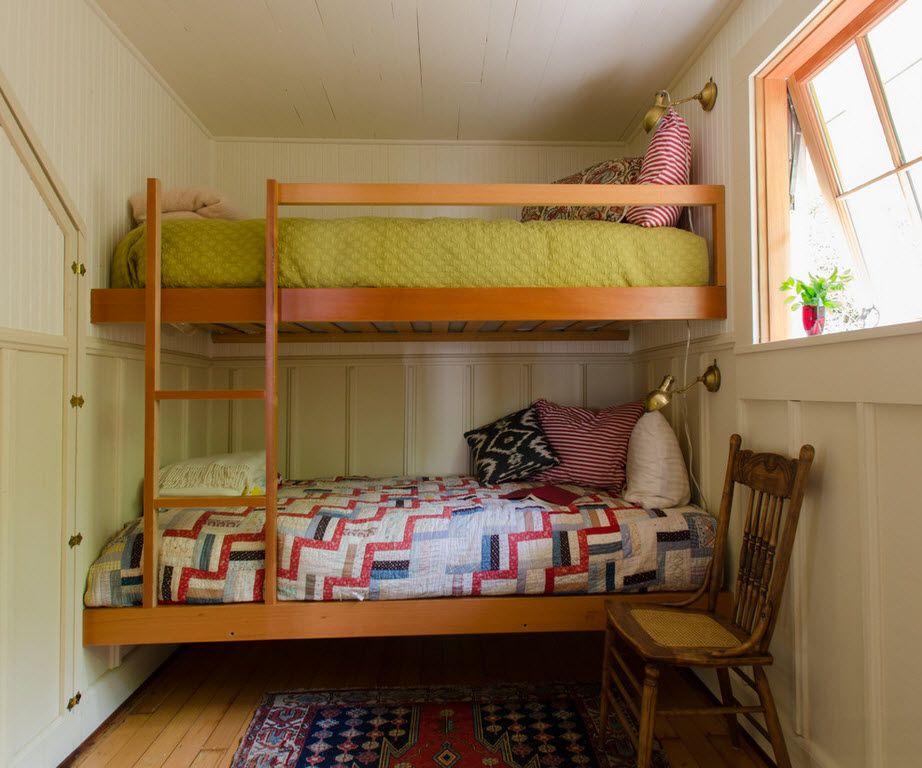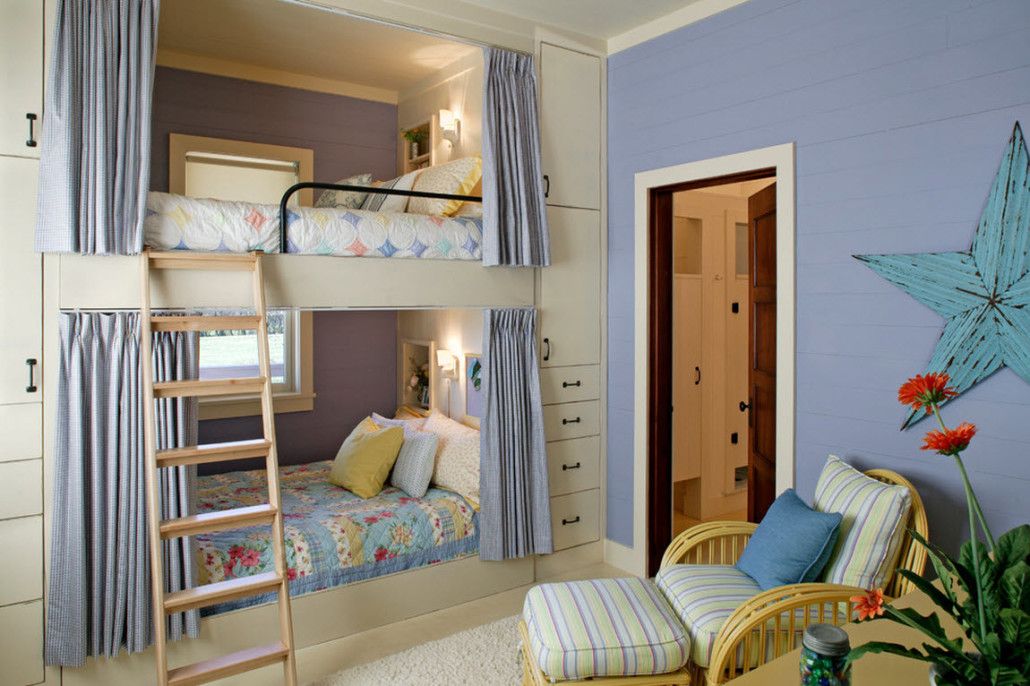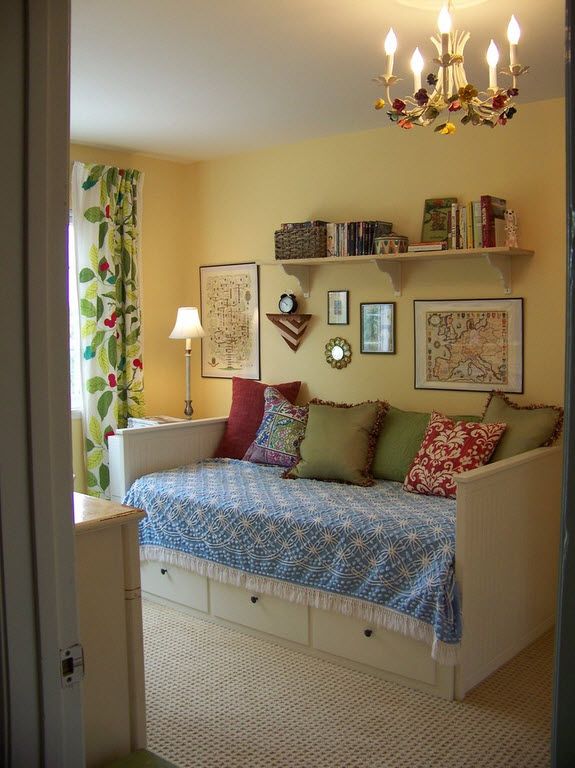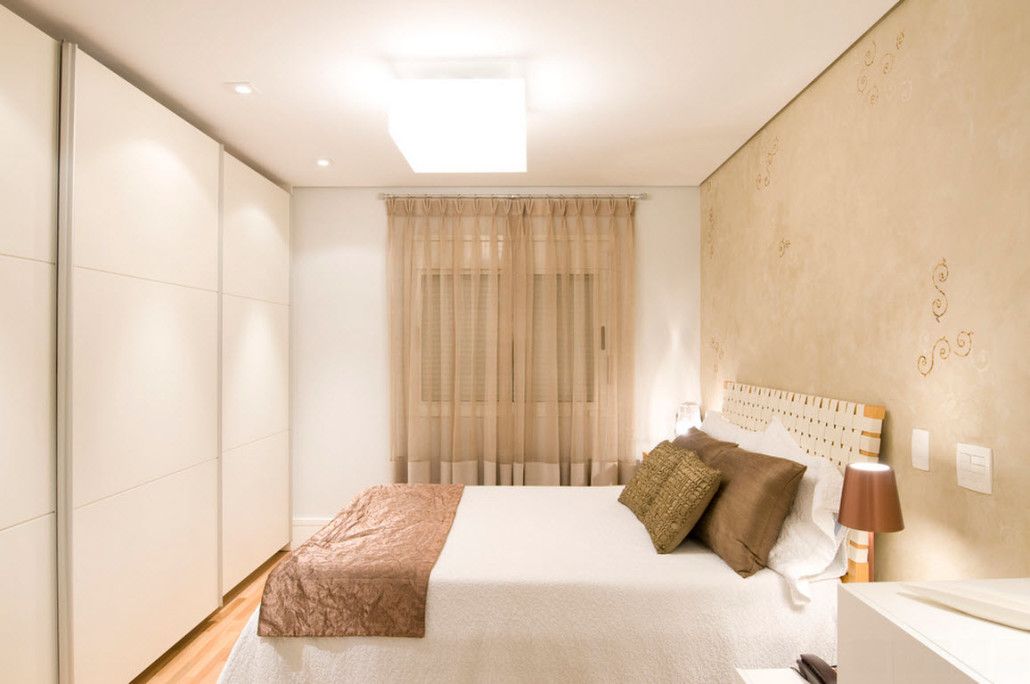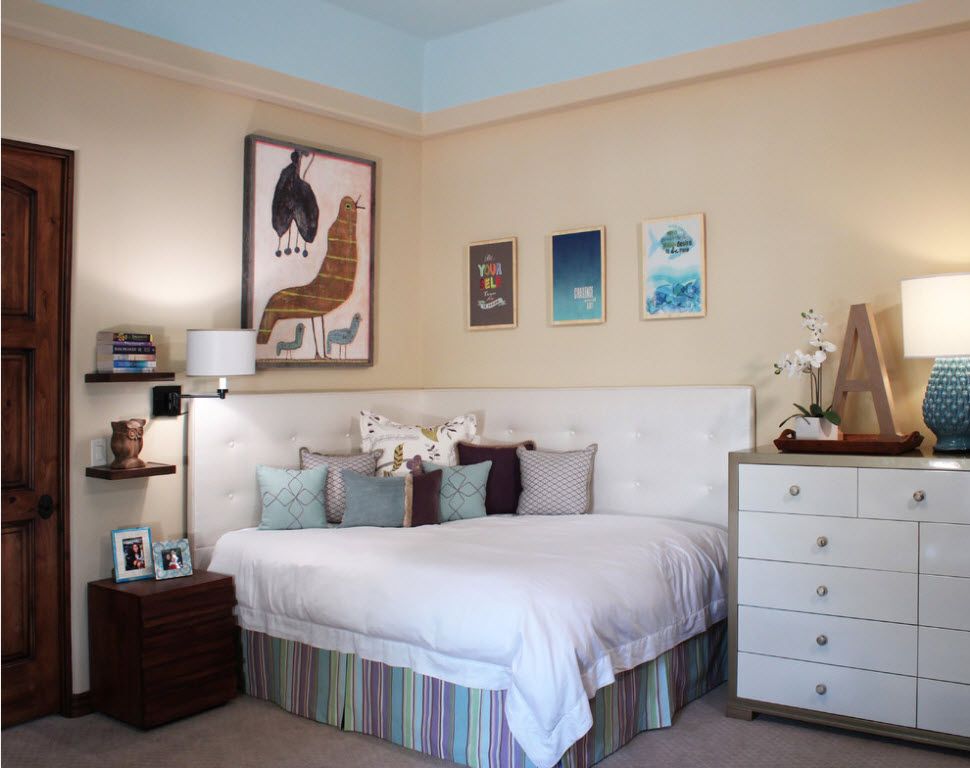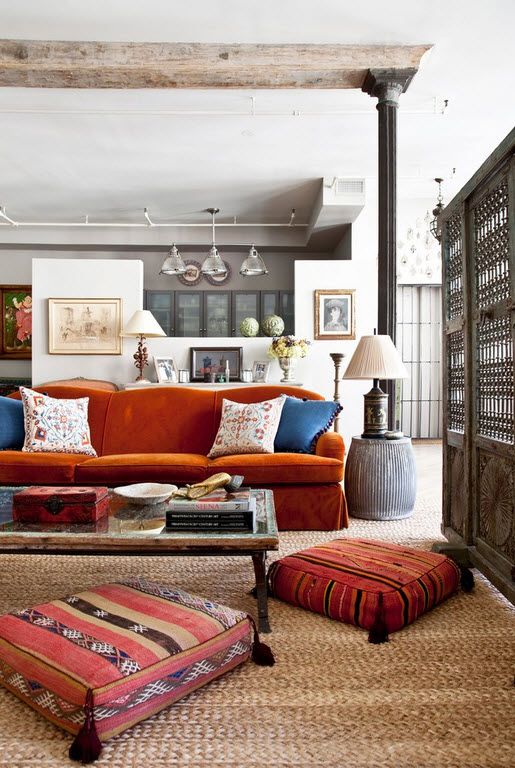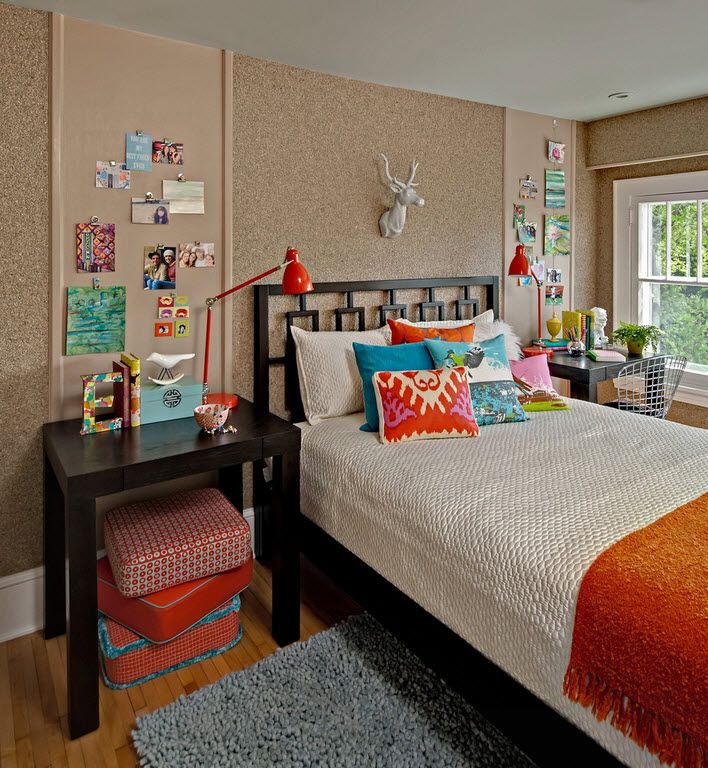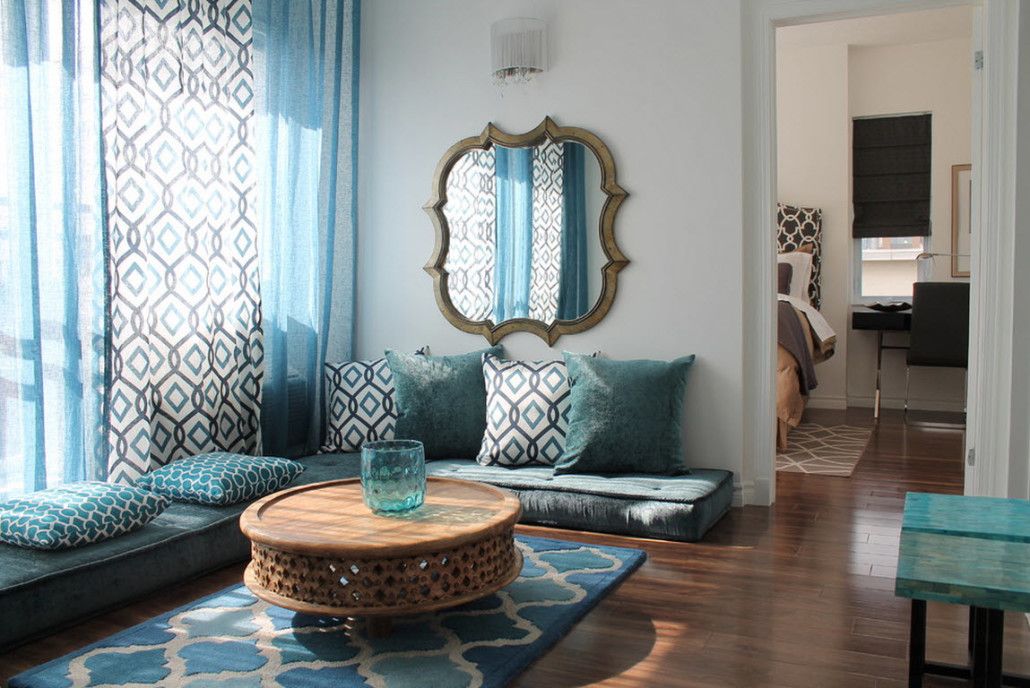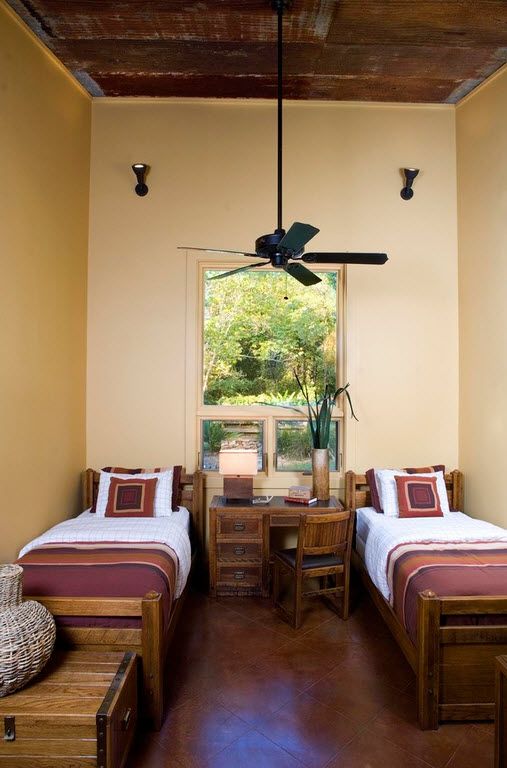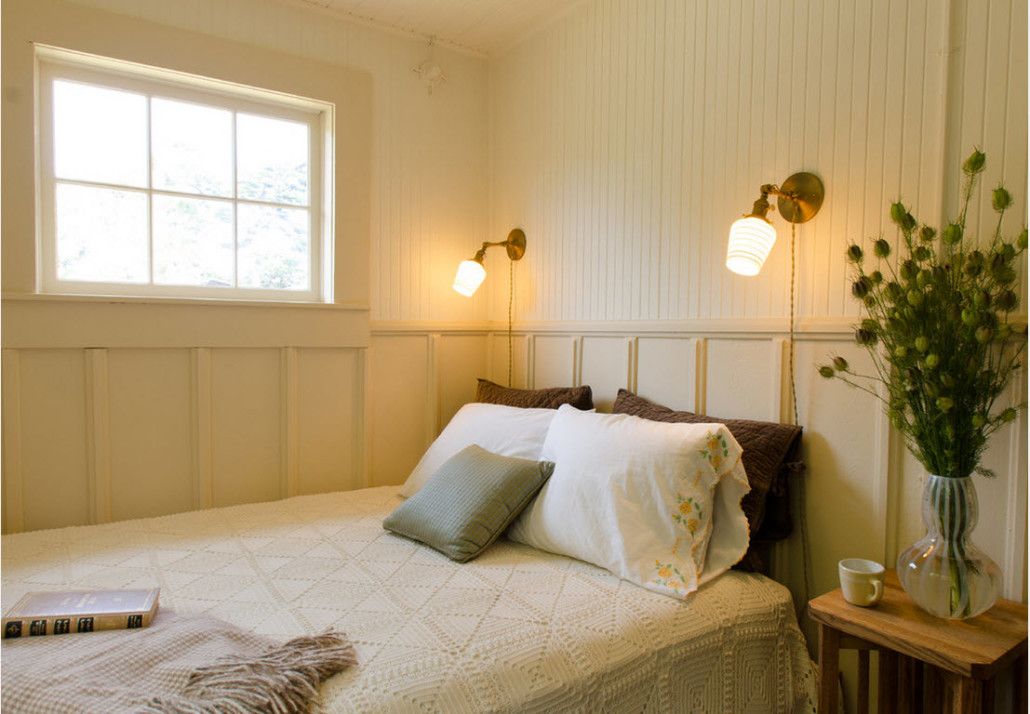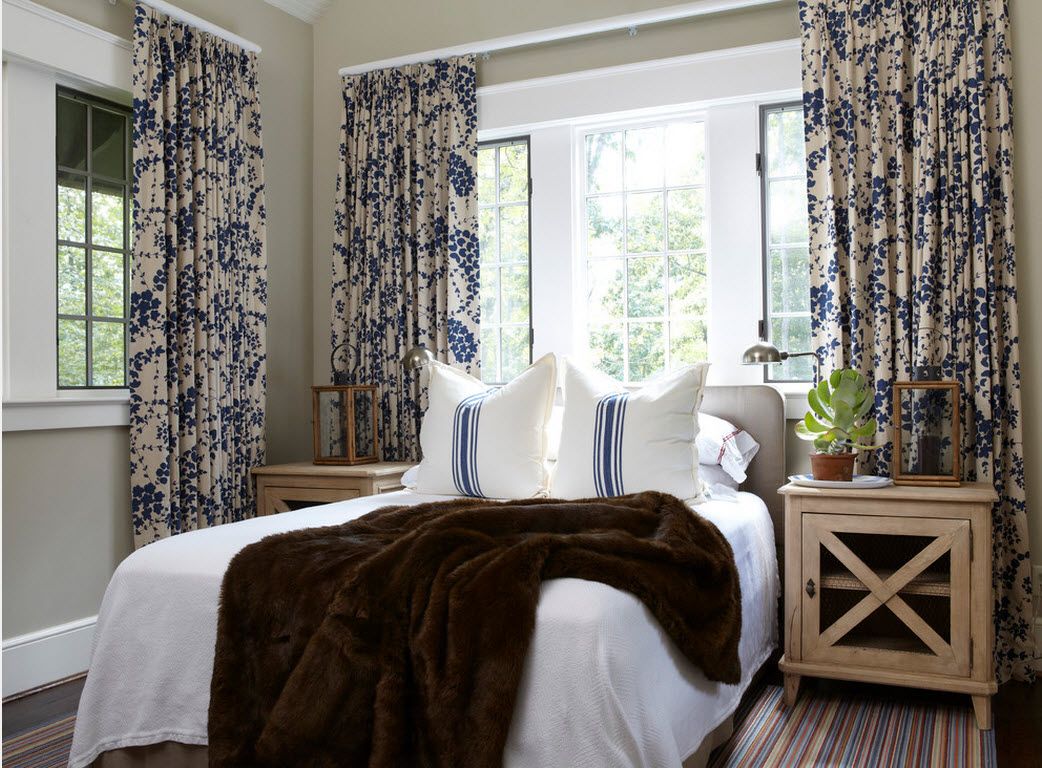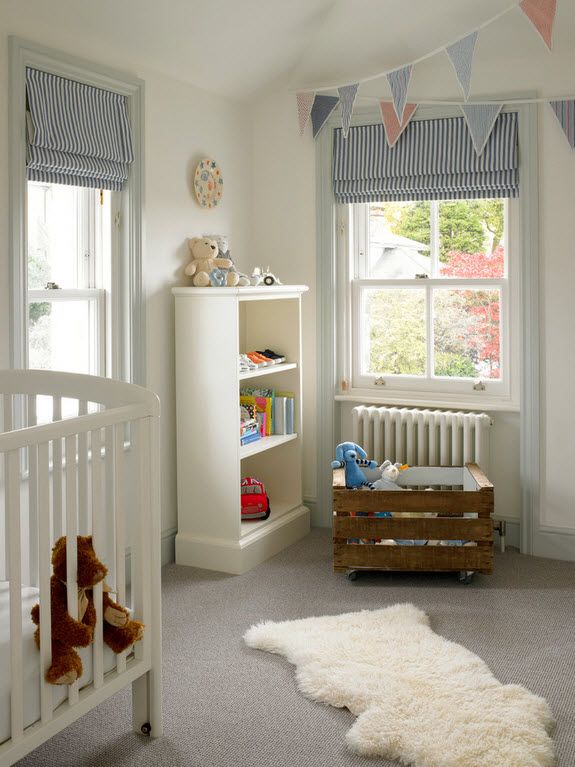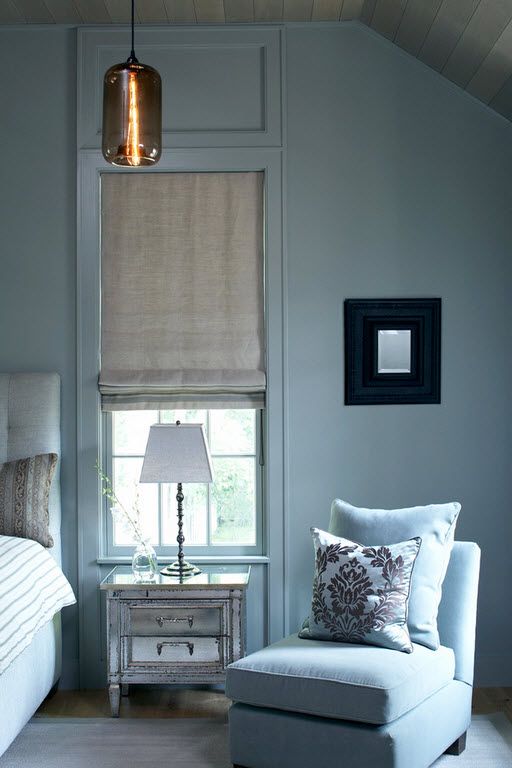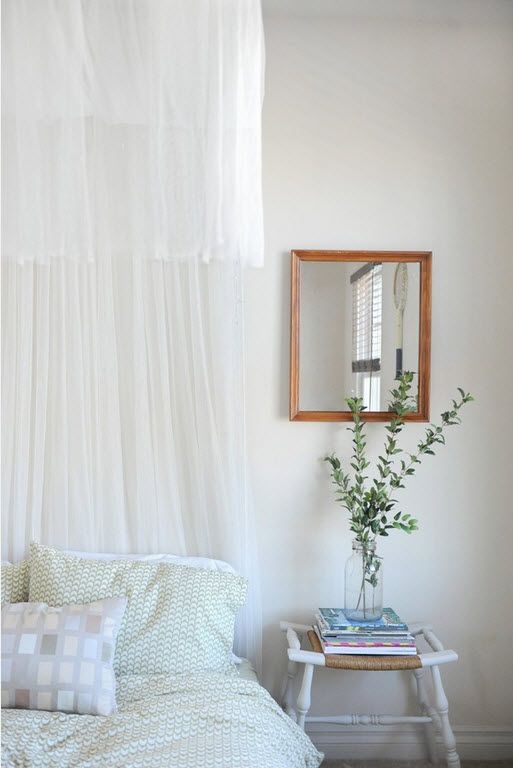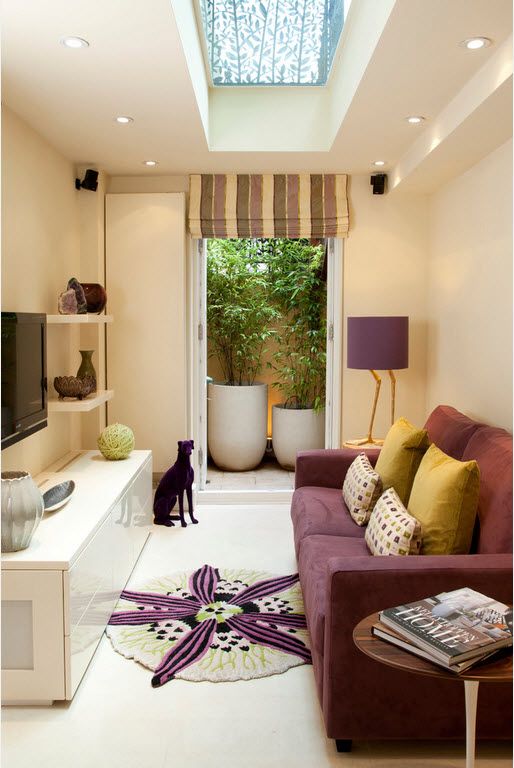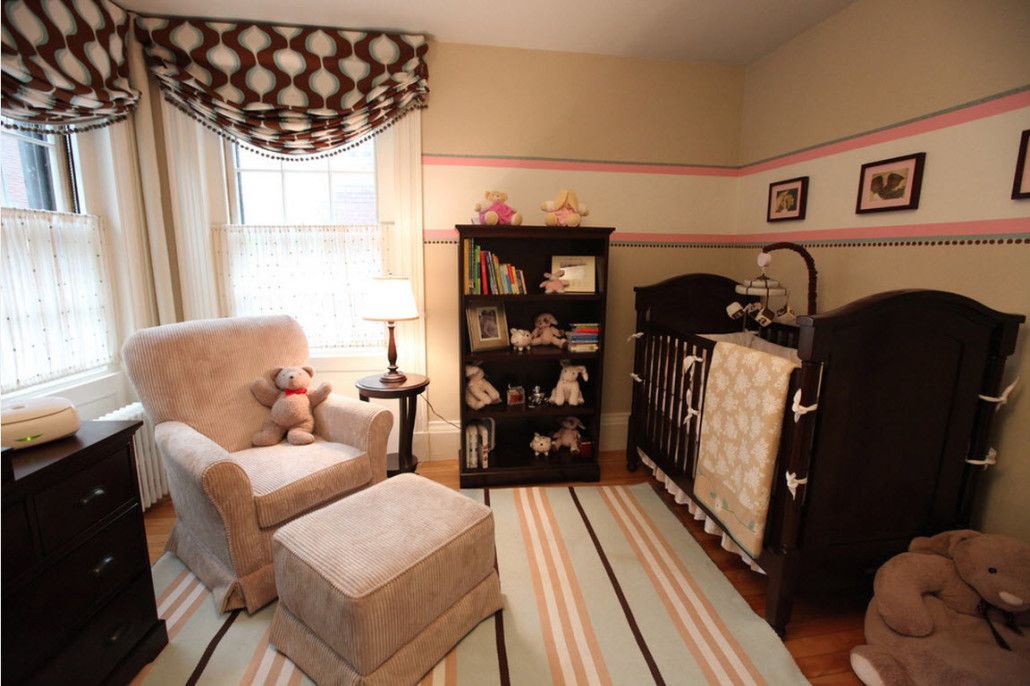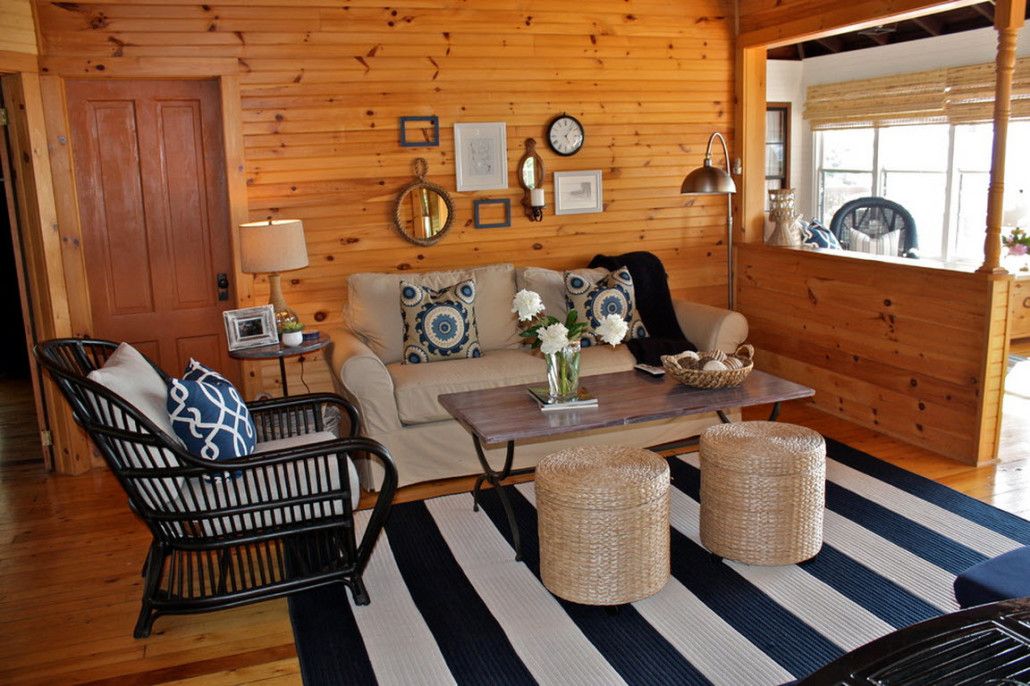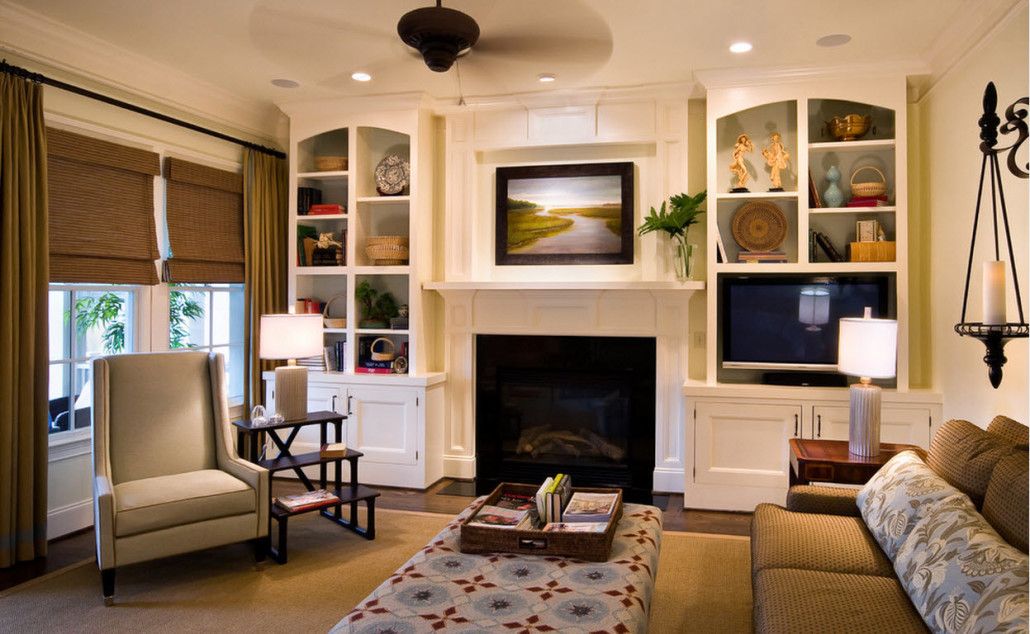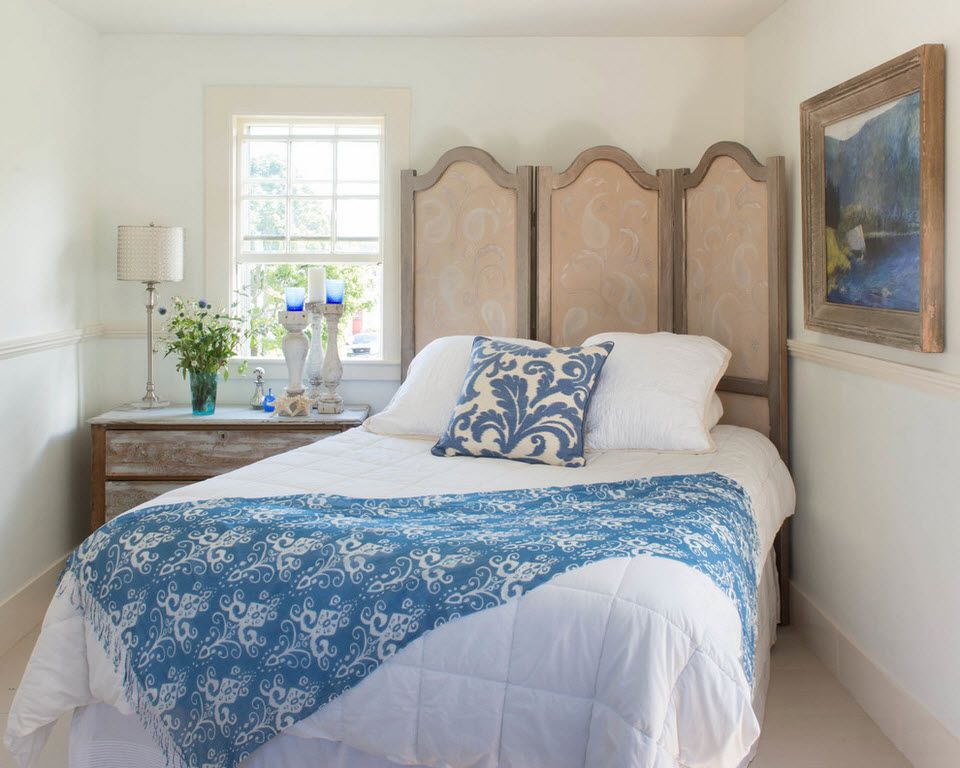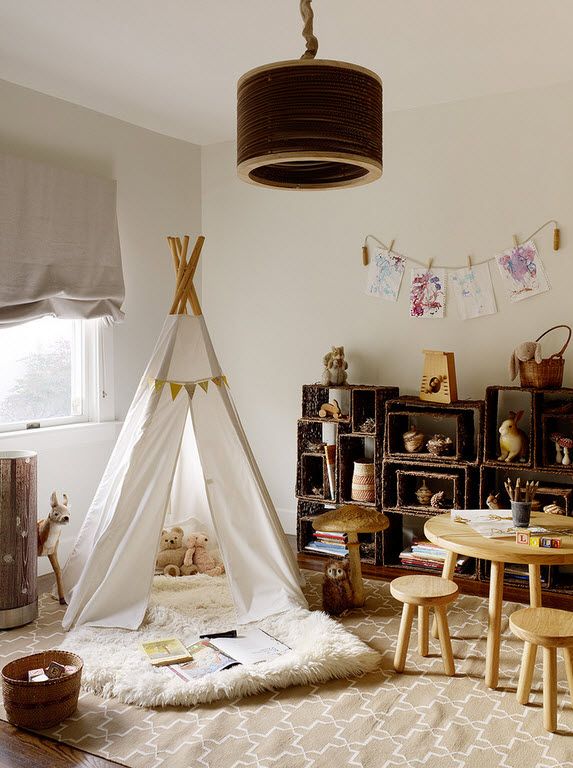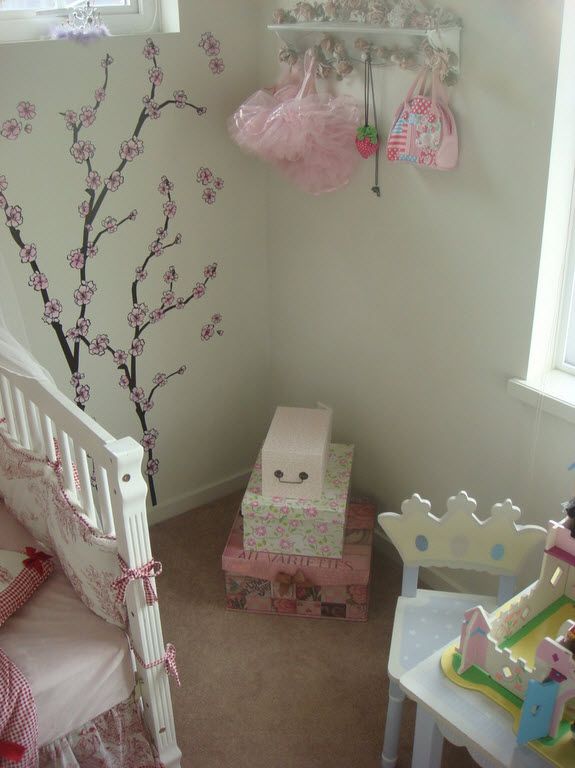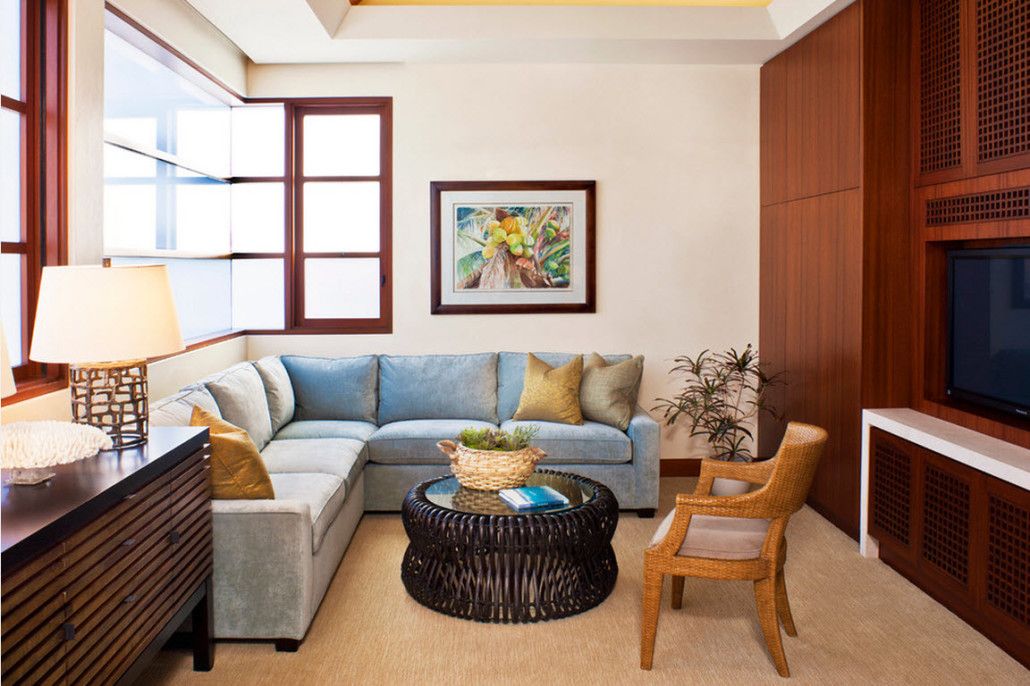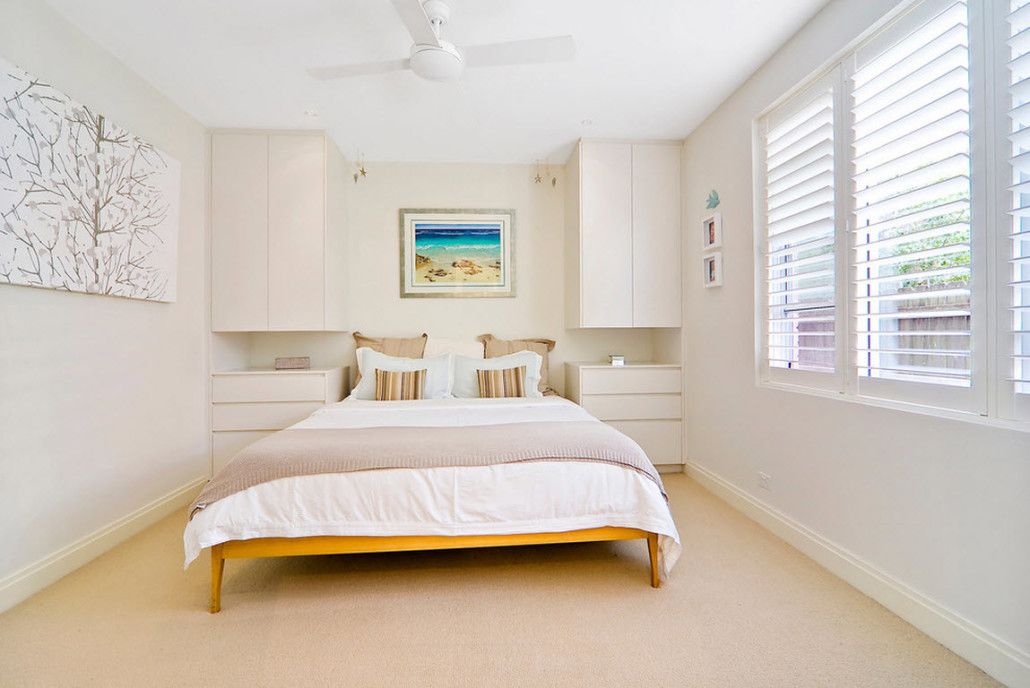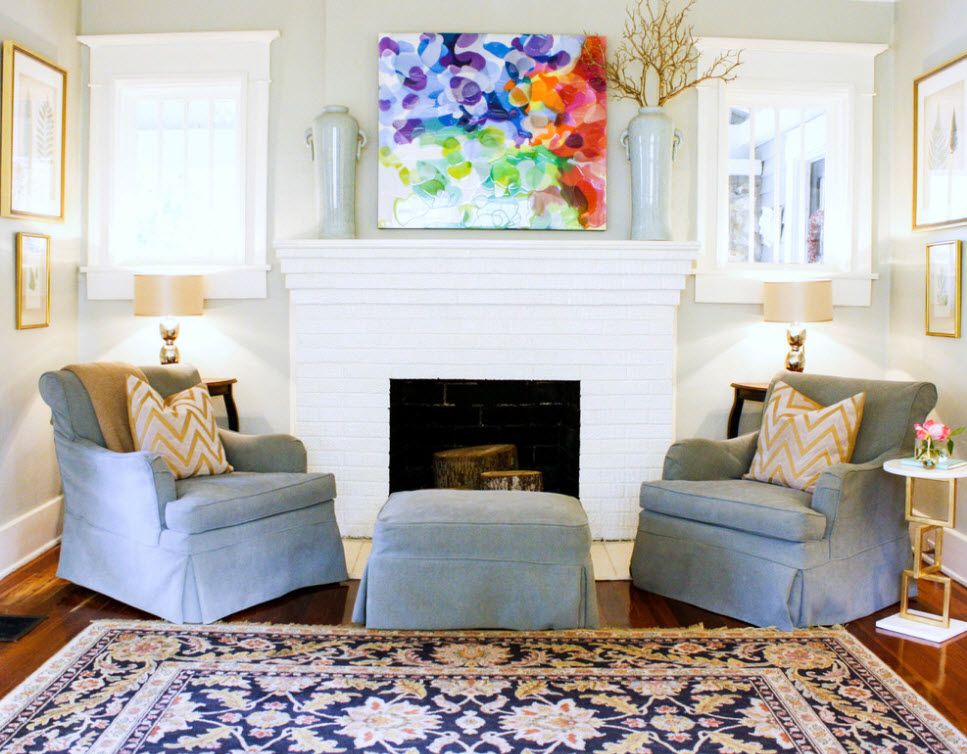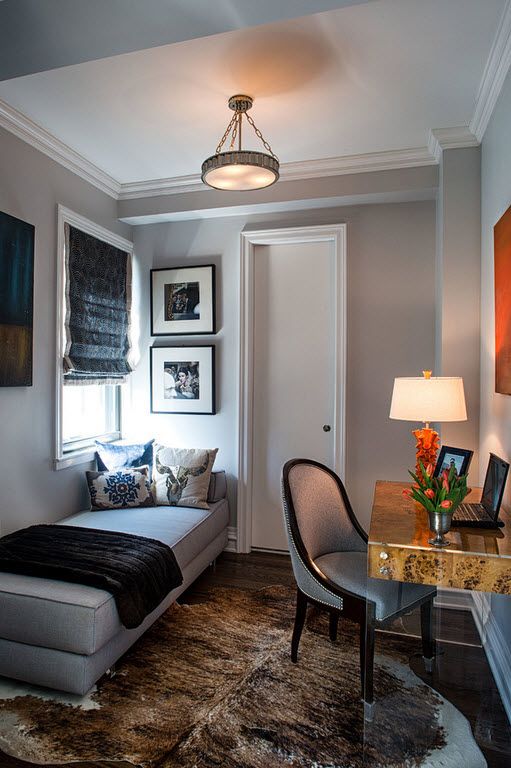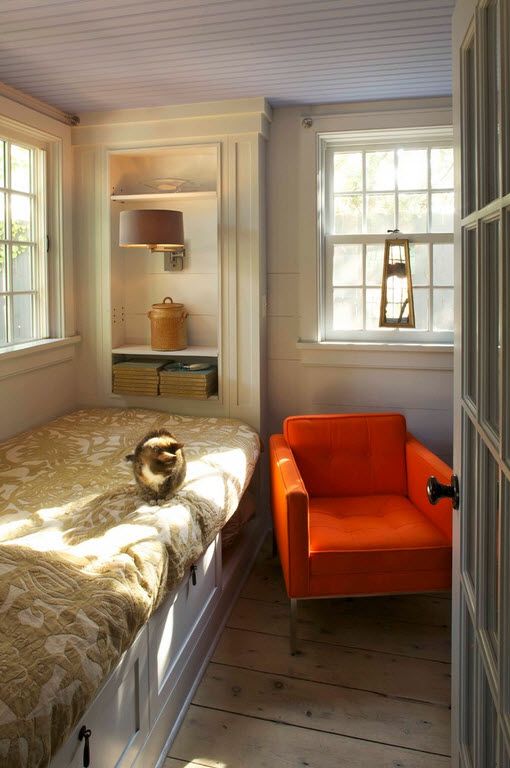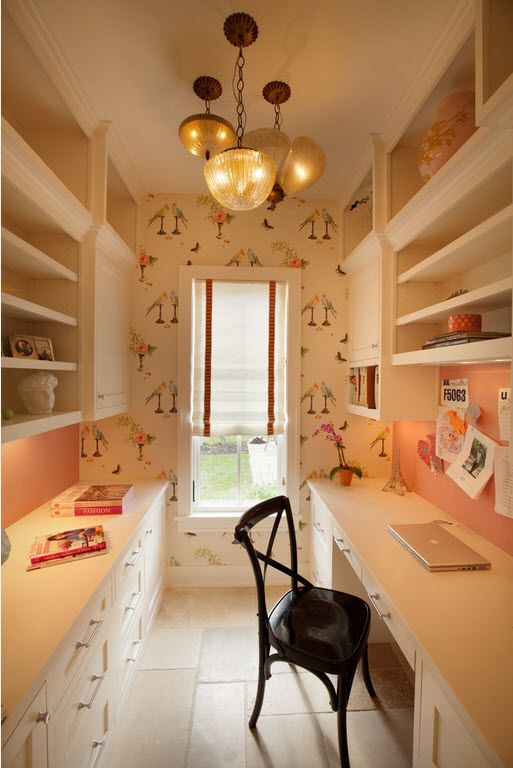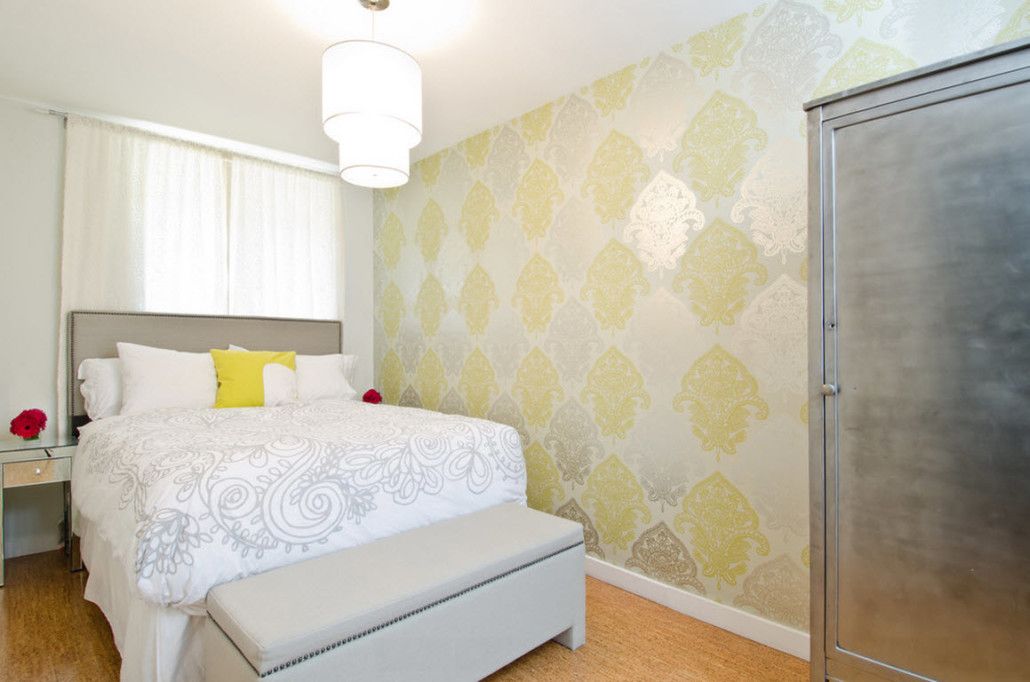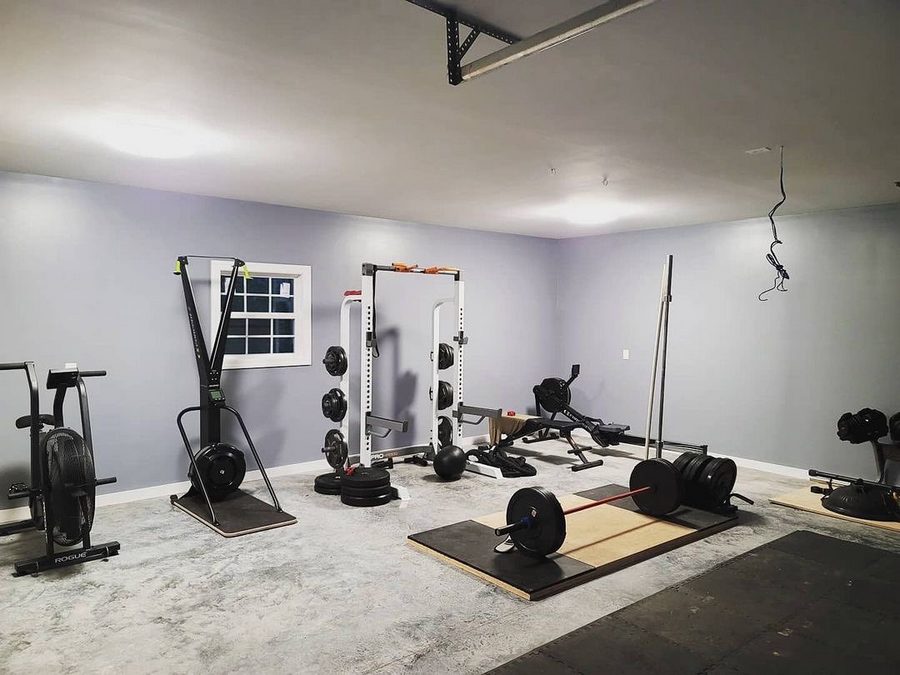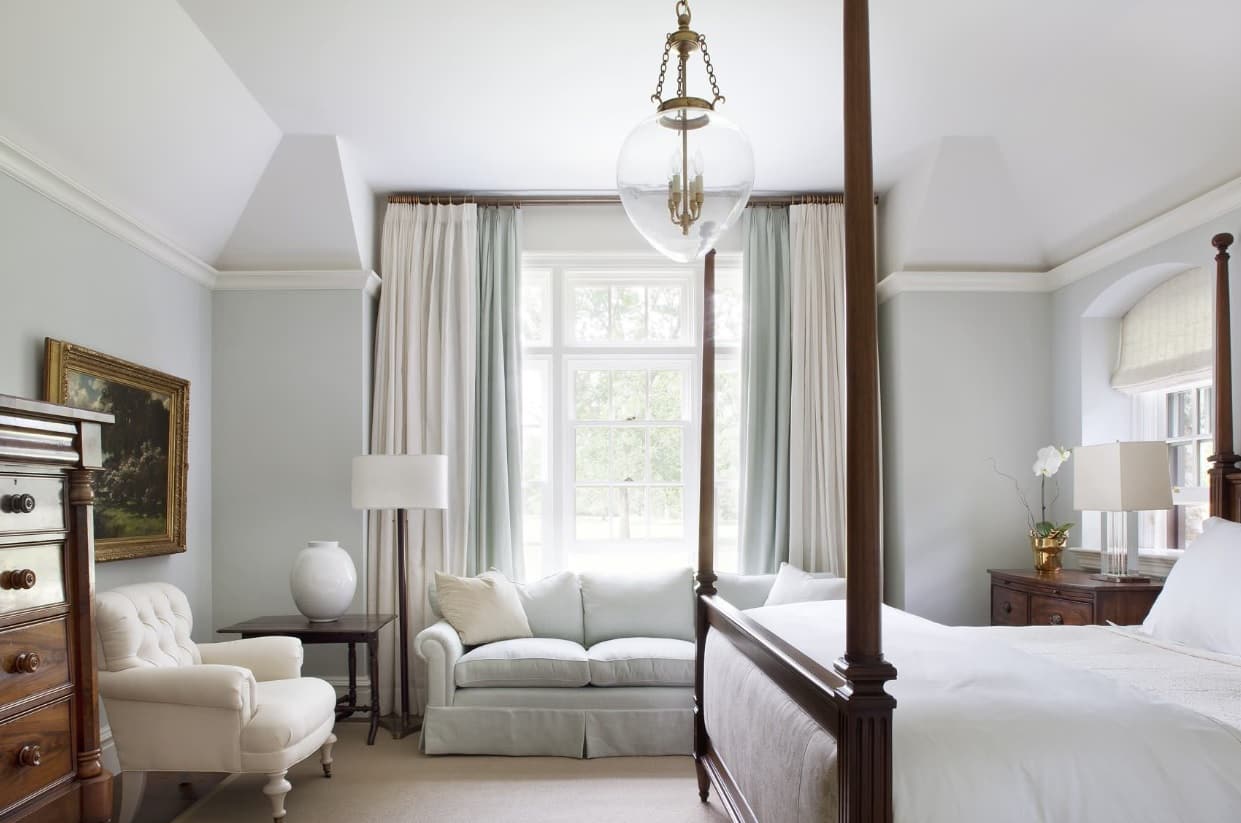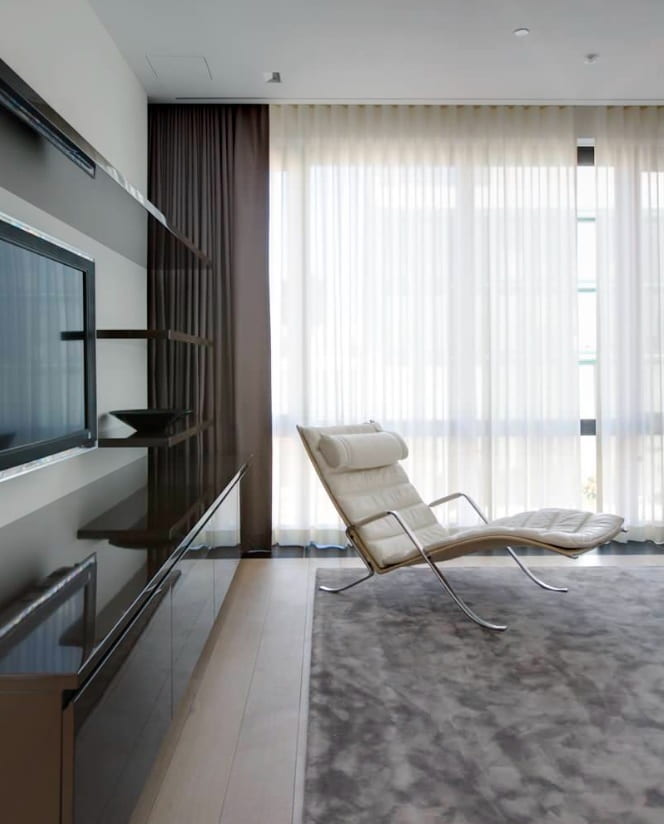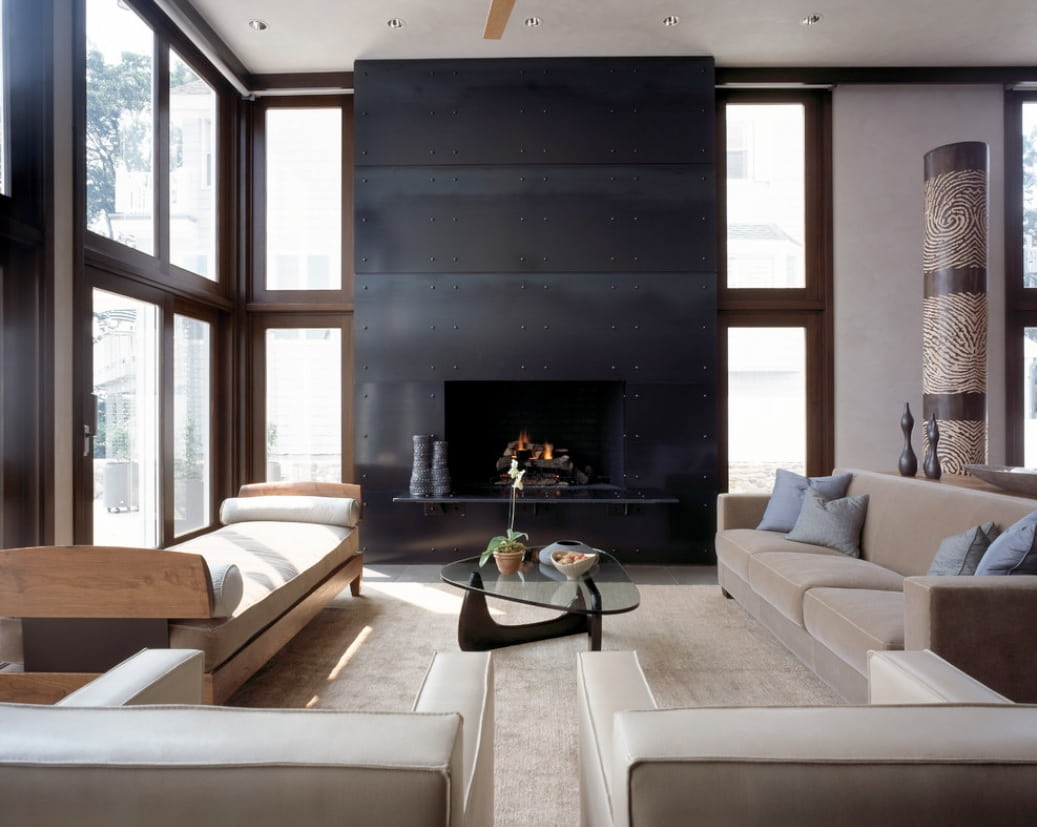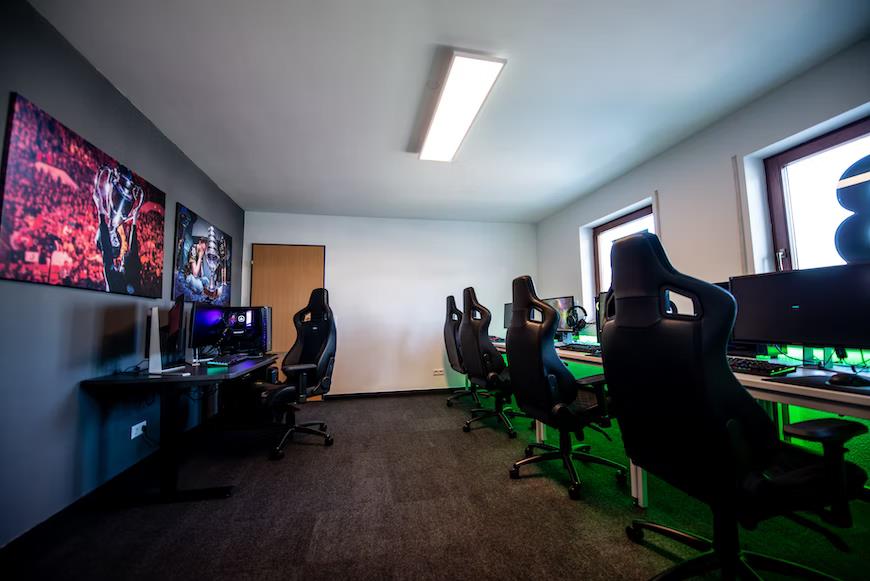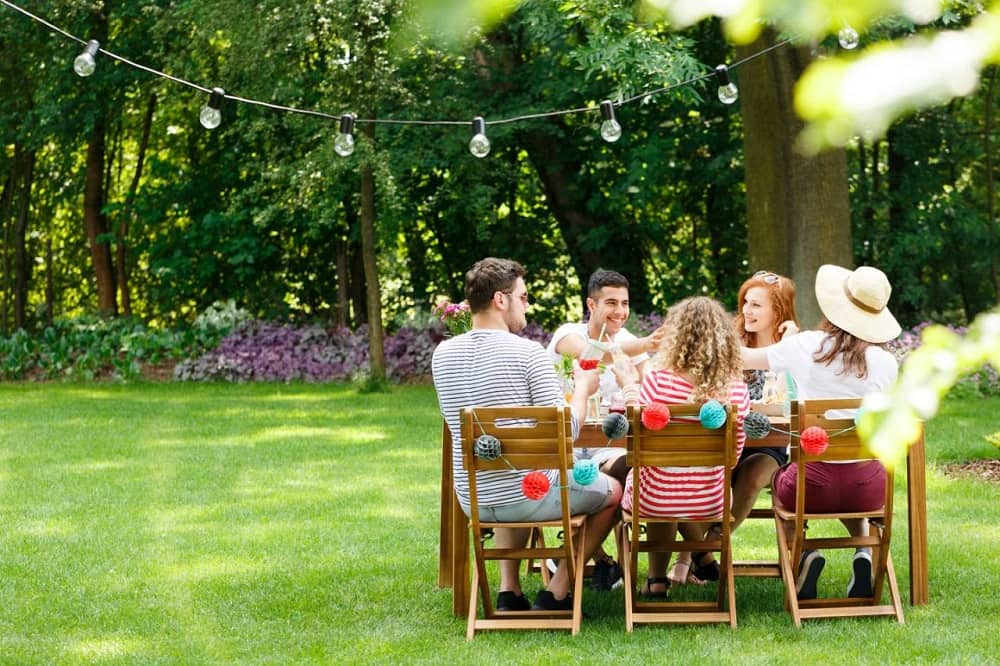Bedroom less than 15 meters or a living room less than 25-30 meters is considered small in modern projects of houses and apartments. Numerous magazines devoted to interior design, being mostly from the Western world, also often discourage readers with such “standards”, and in fact, many people still huddle in small apartments with bedrooms of less than 100 sq. feet and living rooms less than 200 square feet and consider them “normal”. And even if they do not consider it, they still have to live in precisely such conditions. However, the question of what room can be considered small is ambiguous. Here you can follow the principle: if there is not enough space, you definitely need to change something. And if moving to another apartment is an unrealistic option for a big number of people, then it is worth playing in the field of design. The rules are quite simple.
Contents:
Color: Rich Palette for a Small Room
A combination of two or three colors is optimal for a small room. The first color (the lightest one) is called the base color. This is the main tone of the walls or ceiling. It does not have to be white. For a well-lit room, cool pastel shades of blue, lilac, emerald green are suitable. For a dark room, it is better to choose warm and neutral shades: pale yellow, beige, pink.
Attention! Some colors have cool and neutral or warm and neutral shades. It is impossible to combine them with each other. For example, it is impossible to paint one wall with light emerald (cold neutral), and another with a pea (warm neutral) color. The same color principle also applies when choosing the color of all other elements, furniture, and textiles.
The second color is optional. This can be either a brighter shade than the basic background or a moderately contrasting color. Such paint can be painted on one of the walls or a part of it. Large furniture and other significant details of the interior will look good in such an accompaniment. Additional color is used to give the room depth and underline the base in the main details. The difference in tones makes the space voluminous.
The third color is the brightest one. It can be a dark accent (down to black) or very bright, which is reflected in small details: vases, frames of photos or paintings, rugs, and other trifles. As a rule, these are minor touches to the complete picture of the interior, pleasing the eye, but not drawing much attention to themselves.
Oddly enough, but they are the most capricious elements in the design of a room. It is very easy to overdo or misplace with bright details. However, you can pick up the main principle: large elements we place in the distance and in the depth of the room, small ones – at the sides, at the entrance.
Games of Light
What can be done to visually enlarge the space of the room with the help of light?
- install large windows if possible. A niche, furnished in the form of a soft corner on the windowsill is an excellent idea for a compact living room;
- use a mirror: if you hang it in front of a window, then the amount of light will double, and simply mirrored shelves or cabinet doors will also create a good spatial illusion;
- zone lighting: say “no” to big bulky chandeliers in the middle of a room, but “yes” – for spotlights over a sofa or armchair, over bookshelves, or at the head of a bed;
- spotlights arranged in a row not only emphasize a particular area with light, but they visually lengthen a room – this can also be used;
- modern laconic design of lamps and fixtures instead of pompous splashy chandeliers is what you need for a compact room;
- glass furniture and objects: depending on the functional purpose of a small room, traditional wooden doors can be replaced with glass ones and even use transparent partitions.
Ceiling
It is unacceptable to make a multi-level ceiling or paint it in dark colors that absorb light in a small room. Optimal is a smooth white or lightest color surface. It is also worth giving up on the contrasting edges at the junction of the walls and the shelf.
If there is a need to visually increase the height of the ceiling, then it can be painted in the same color as the walls. By merging into a single whole with the walls, the ceiling will appear higher.
Another traditional solution is vertical stripes (but not too bright and frequent). Striped wallpaper or strip curtains successfully cope with this task.
In addition, if the ceiling is covered with glossy PVC film, it will also seem higher. Use this trick.
Furnishings
To avoid reducing the already small space due to improperly selected furniture, you need to follow a few simple rules.
1) Measure seven times, cut once. That is, before going to the furniture store, carefully measure the room, the free space in it, calculate and think over where it will stand. The furniture in the store does not seem as big as in the apartment, so it’s easy to be seduced and buy the wrong thing. It’s like a Christmas tree: on the market, it seems small, but in the apartment, you won’t get around it.
2) Multifunctionality. An indispensable option for a small room is transformable furniture. Sofa, which is converted into a bed, necessarily with a box for storing clothes, is what you need. It can also be modular furniture in the form of a single structure consisting of a table, a chest of drawers, convenient shelves, and a staircase leading to the second floor to the bed.
As an option, such furniture can be children’s cubes, from which it is easy to assemble a bookshelf along the wall, and a table with chairs for guests.
Today, designers place a bunk bed in small children’s rooms quite often. And in fact, what could be better for modest square meters?
If something is difficult to be found in the store, then you can always make it to order. Let it be an order of magnitude more expensive, but believe me, then you will appreciate the convenience of such furniture.
3) Simplicity. No monograms, carvings, excessive curvature, and lush ornaments. Furniture should be as simple as possible (but not necessarily ordinary). The play with color is permissible. A sofa or chairs may well be contrasted, but not so much as to grab all the attention. In any case, bright furniture is better to be placed in the depths of the room, away from the entrance.
4) Pillows are great replacements for chairs. Hospitality in the house is above all, even if the home is a very compact apartment. And the perfect solution would be to take an idea from the East when pillows and soft carpets replace folding sofas and chairs. Surely, dear guests will not remain indifferent after the mysterious tea ceremony on the pillows at a nice tray instead of a table.
Dense covers of the original colors, knitted patterned inserts on the pillows will add a small zest and originality to the interior. Fluffy brushes, funny pompons, or just cute satin-cloth bows can serve as an additional decoration of covers. But where to hide these pillows? Anyway, they will need quite a bit of space, unlike chairs. As an option, you can fix them on the chairs with decorative ribbons or lay them out on the couch. Thus, even the smallest room will become a favorite and cozy area for the household.
5) Scrape the bottom of the barrel. Look at every nook. If you can really look into them, then you agree that a couple of precious meters of valuable space are lost. Corner furniture: shelves, cabinets, tables will save space and place a lot of necessary things.
6) Naturalness. A small room can have not only a little space but also little air. Furniture made of natural wood, upholstered in natural fabrics and materials, items made of glass and metal is the best solution. Keep plastic at a minimum, no primitive synthetics, and the space of a small room will not only be beautiful but also healthy.
Textiles: Soften the Interior
Textile elements in the interior of a small room can help make it more comfortable. Here the main thing is moderation and a minimum of decorations. Give preference to curtains of light shades, straight, flowing, translucent, without bows, pelmets, ribbons, brushes and other “palace” decorations.
A good solution is Roman blinds or Japanese curtains. They are concise, fit well in almost any non-specific interior.
Choose monochromatic covers, without a large pattern, frills, and folds. The same applies to decorative pillows.
Carpets in a small room is an ambiguous story. If you can do without them – it is good. If the carpet in the room is an island of comfort and warmth, and the owner does not think of himself without it, then one should carefully approach the choice. A small neat rug of the original form, texture, and design, for example in the form of a flower, harmoniously combined with the overall interior can be a real highlight of a small room. In a small room, it is better to have a carpet of light shades, with a small and inconspicuous pattern or without it at all. If the room is narrow, then you can pick up a striped mat and put it with its strips perpendicular to a long wall. This will visually expand the room.
Ideas for Decoration
You can create the illusion of a large space with the help of landscapes that go far away, or similar photo wallpaper. This picture takes us into another dimension expanding the boundaries of the room.
If there are not enough windows in the mini-room, an original and creative idea could be painting on the wall in the form of a chic window with a view of the sea or a pine forest. This technique is a kind of distracting maneuver from inconvenience and discomfort in a narrow room. A fascinating landscape on the wall can smoothly pass to the door, turning a small room into a real piece of skillful design.
Order is a Guarantee of Comfort and Coziness
All unnecessary things at the moment should be laid out on the shelves. And this is perhaps the main rule of saving space in a small room. Buy compact beautiful drawers for storing small items or use shoe boxes. The latter can be decorated using the decoupage technique or covered with a beautiful cloth. An interesting and unusual decision is to paste old family photos or photos of beautiful memorials over the box. For storage, you can also buy cute wicker baskets or glamorous chests which will also serve as additional decor. Thus, the interior of the compact room will sparkle with other colors, and the room itself will become much more spacious and comfortable.
In order to save space, hide all the wires in the room. Mount them in walls or put them in specially designed boxes.
As for small objects, photo frames, paintings, figurines, all kinds of souvenirs randomly located on tables, shelves, and window sills, it is better to select one or a maximum of two special zones for them. Instead of a variety of photo frames and paintings, choose one of the most favorite and significant photographs or landscapes for you, or several unobtrusive pictures in the same style. Change accessories from time to time, but don’t clutter up an already small room.
Following these simple rules, your compact space will become a favorite place for relaxation and gathering of your guests and households.

